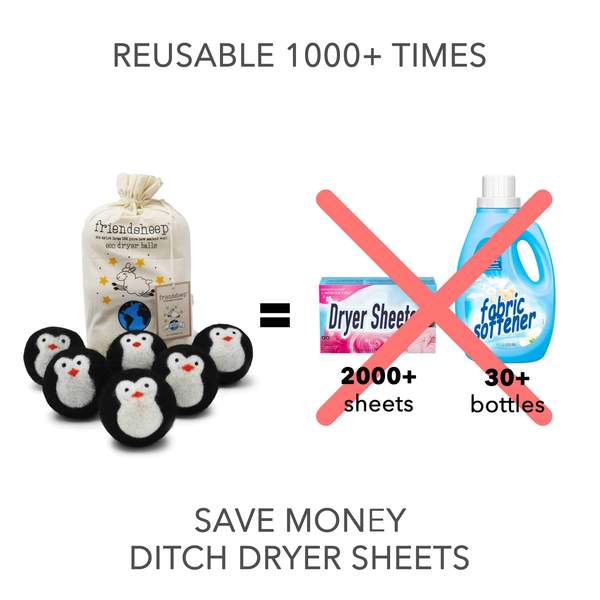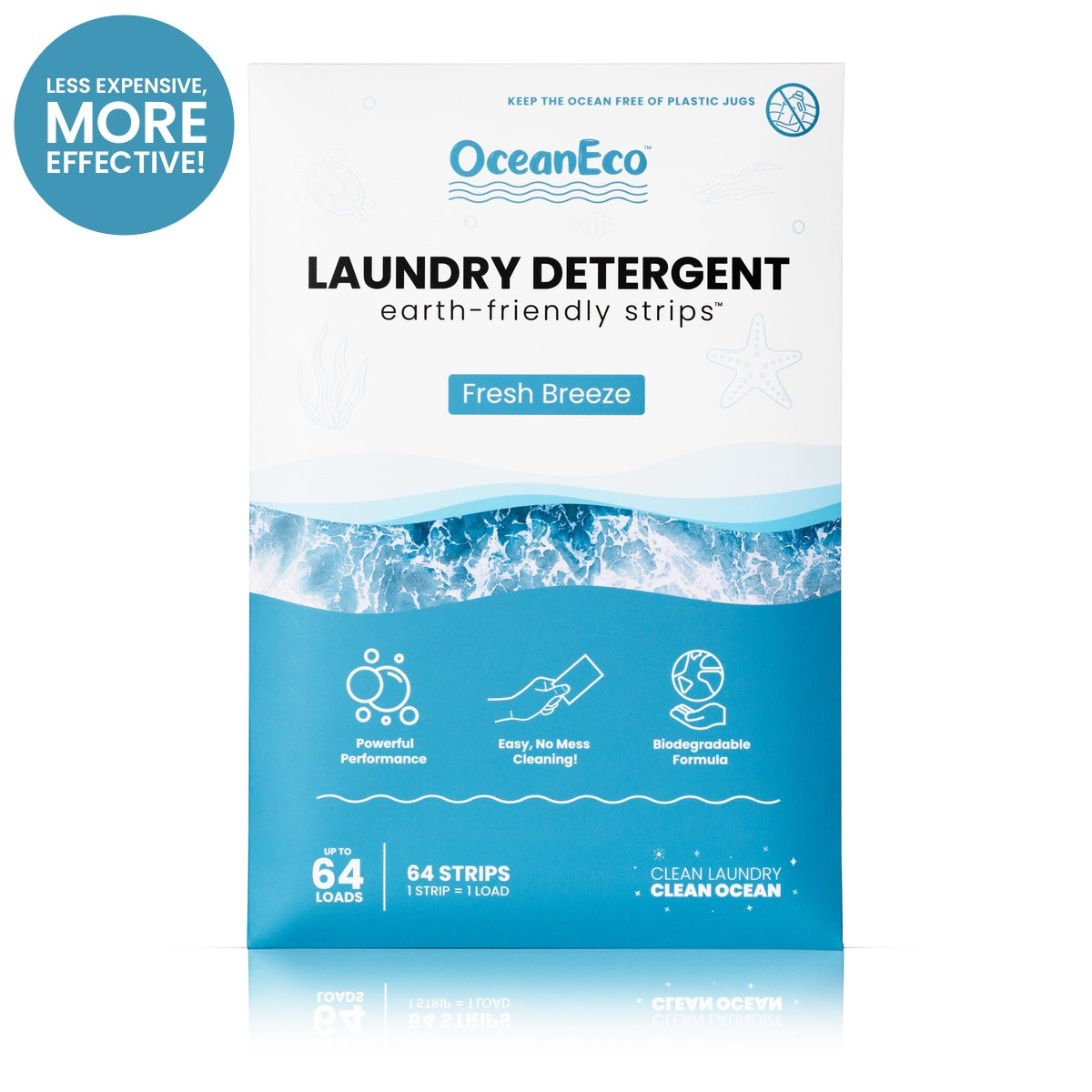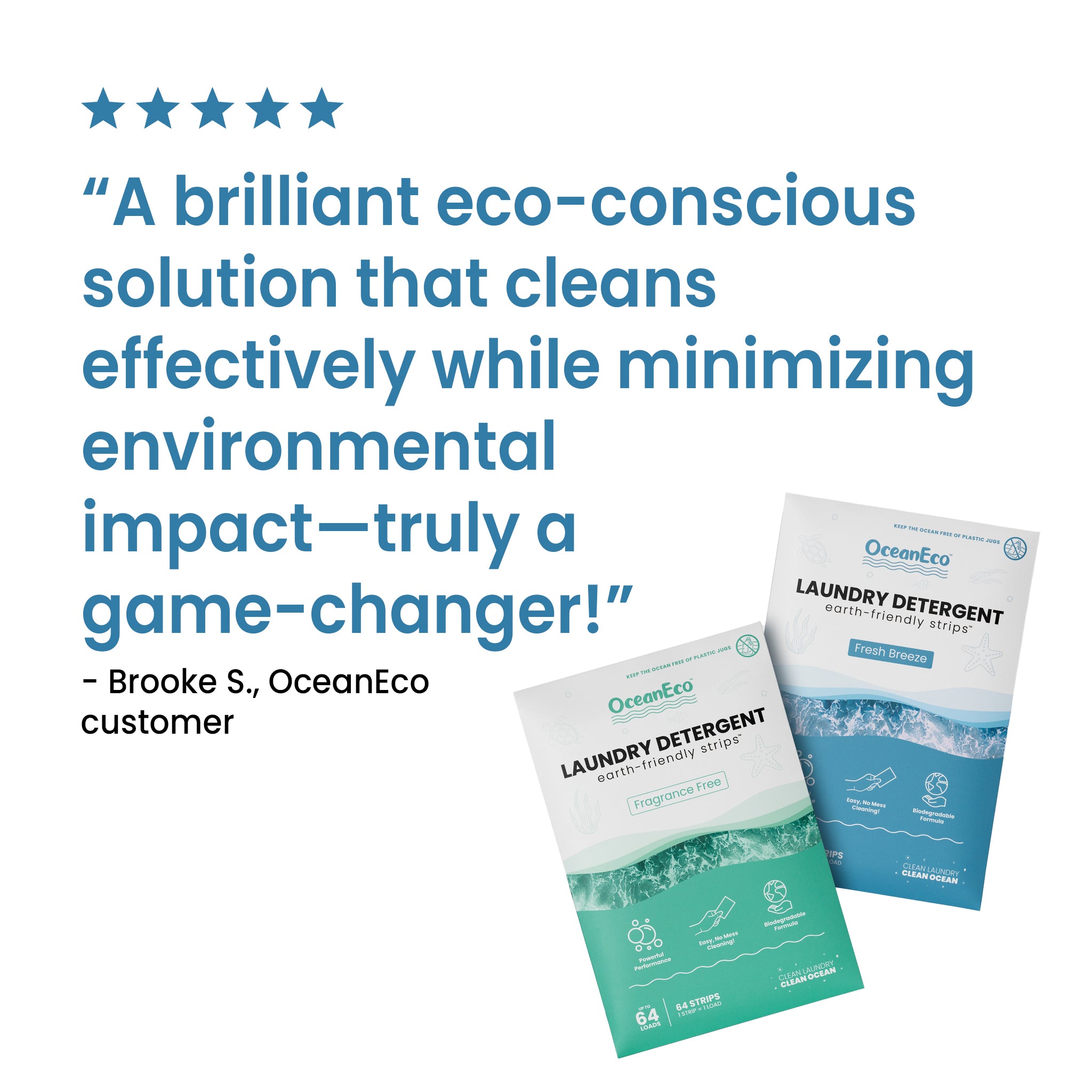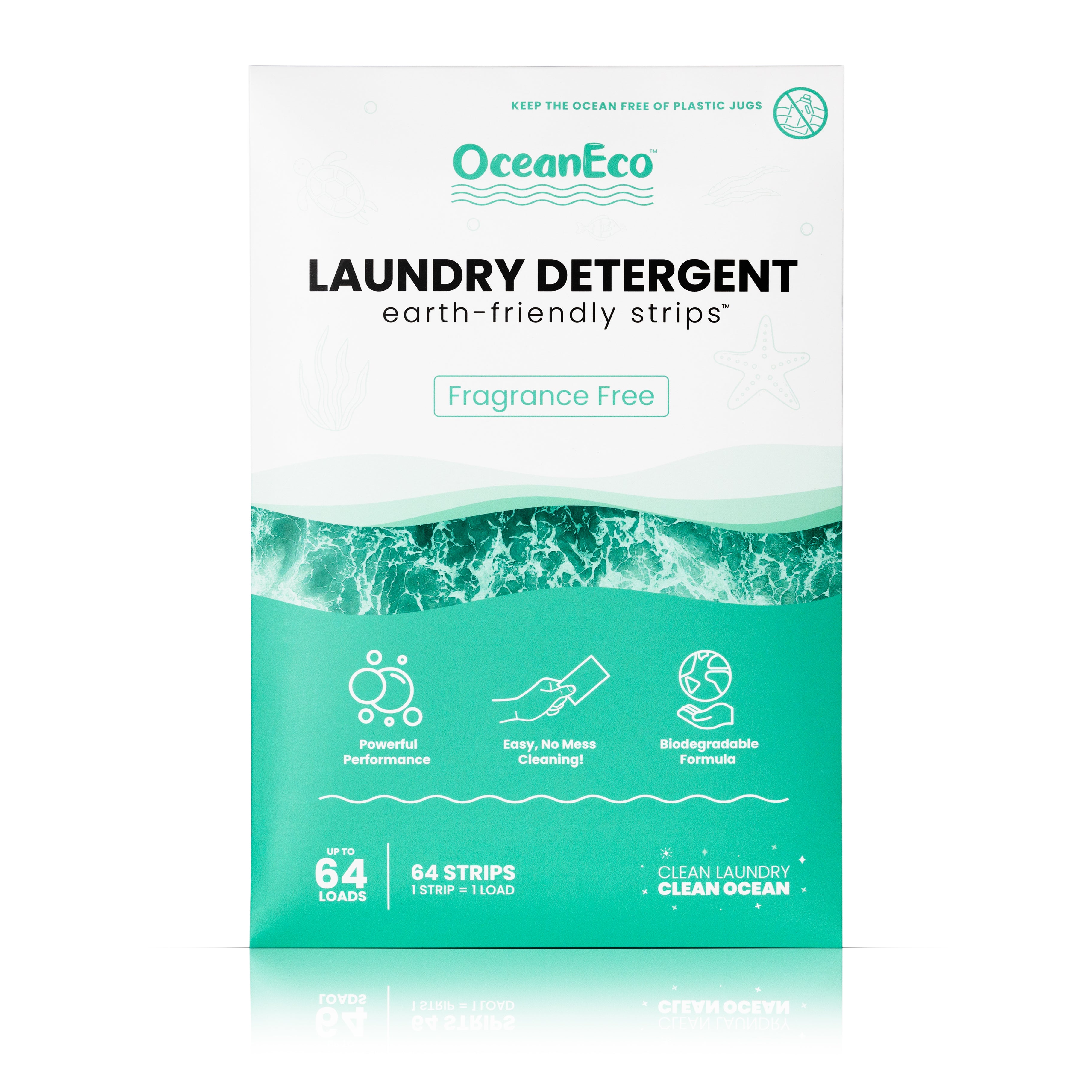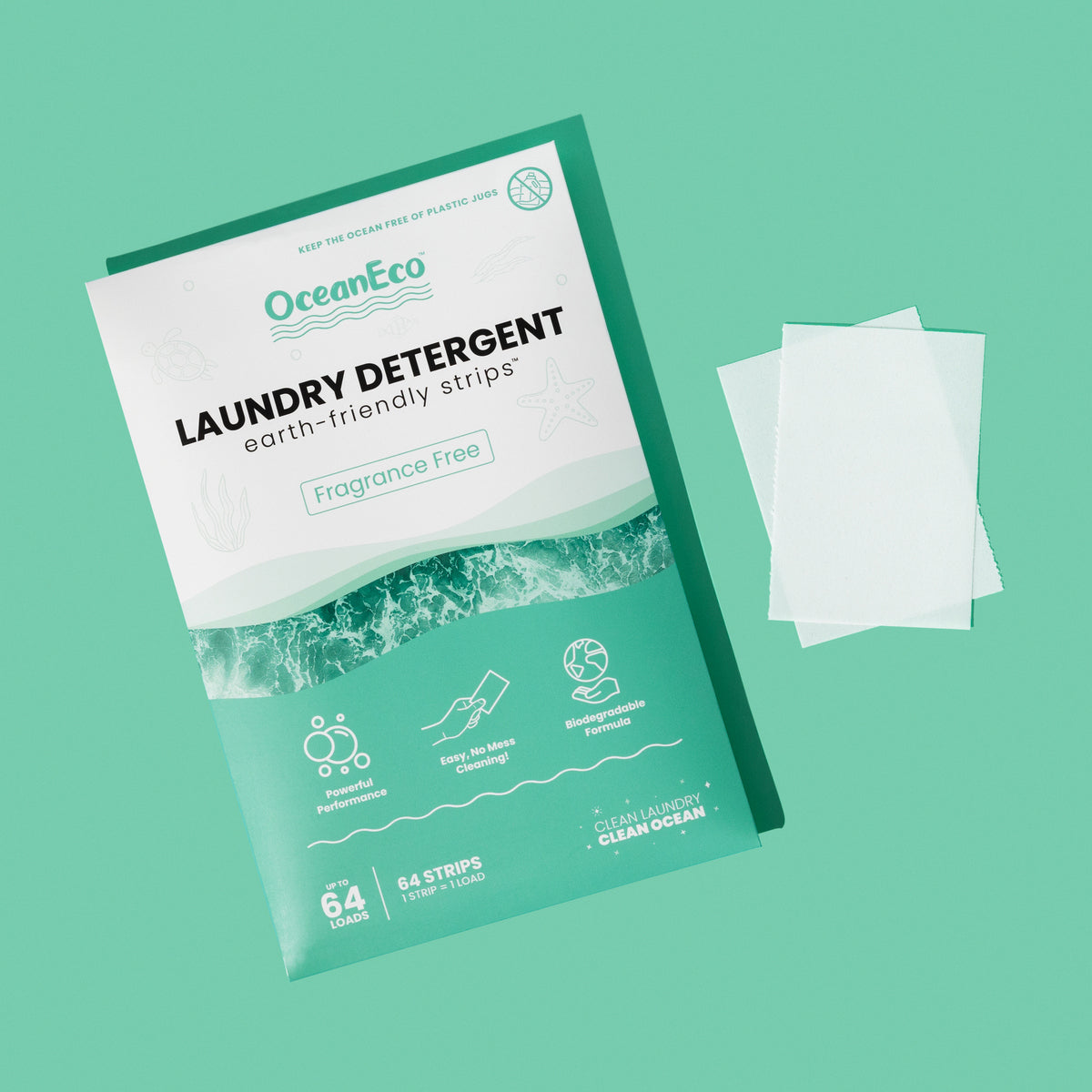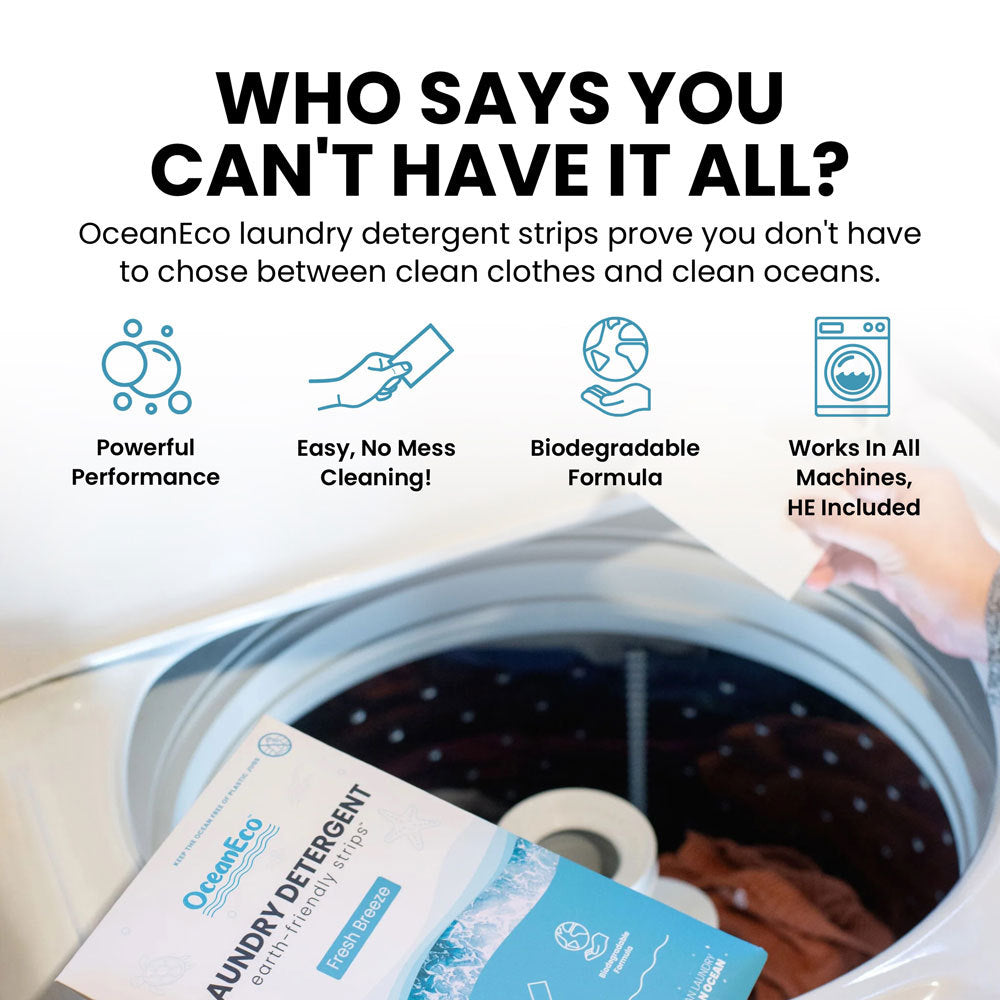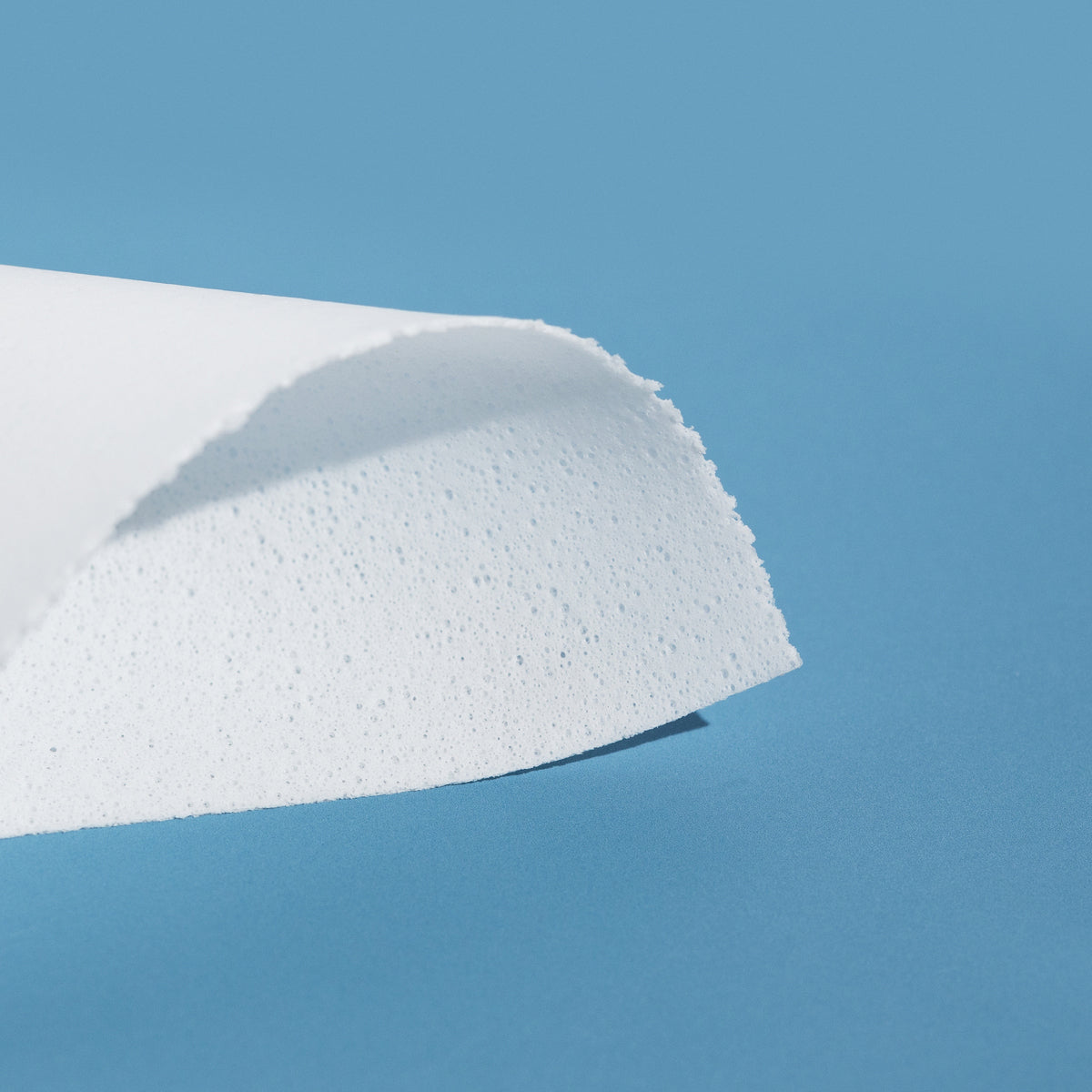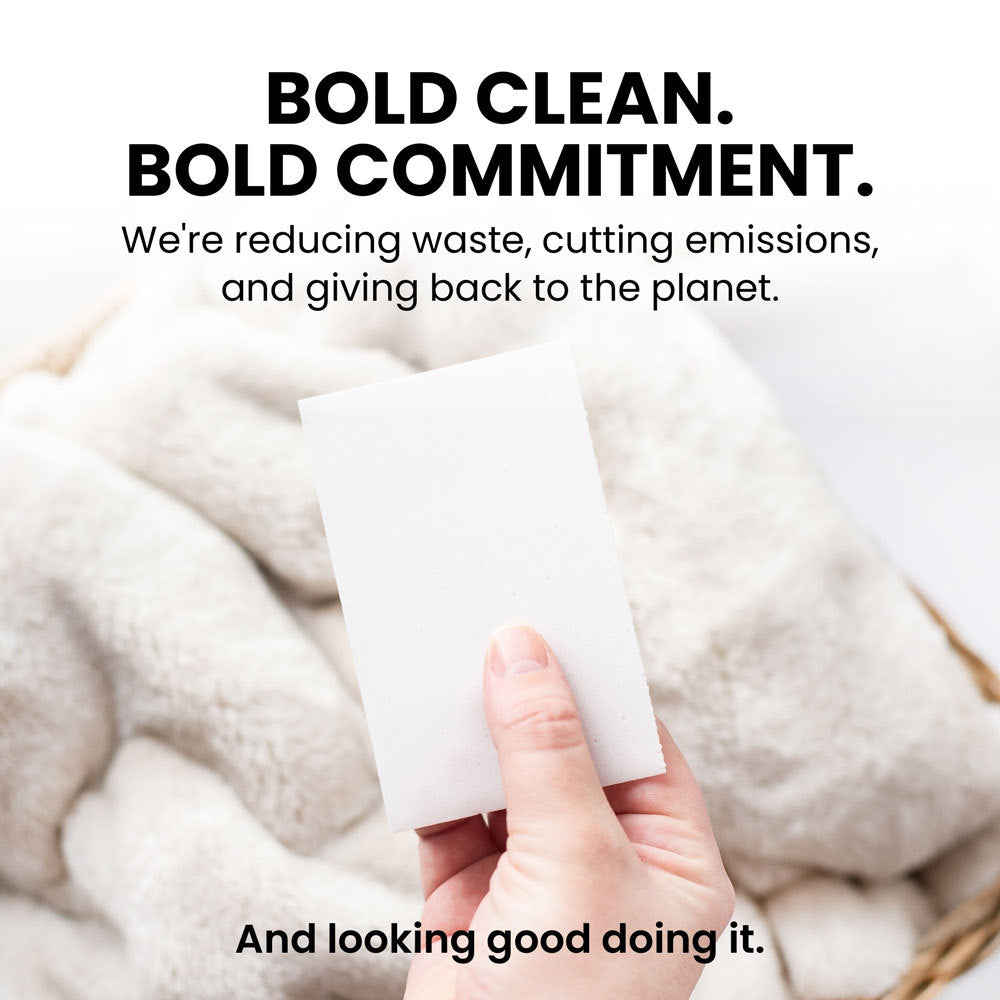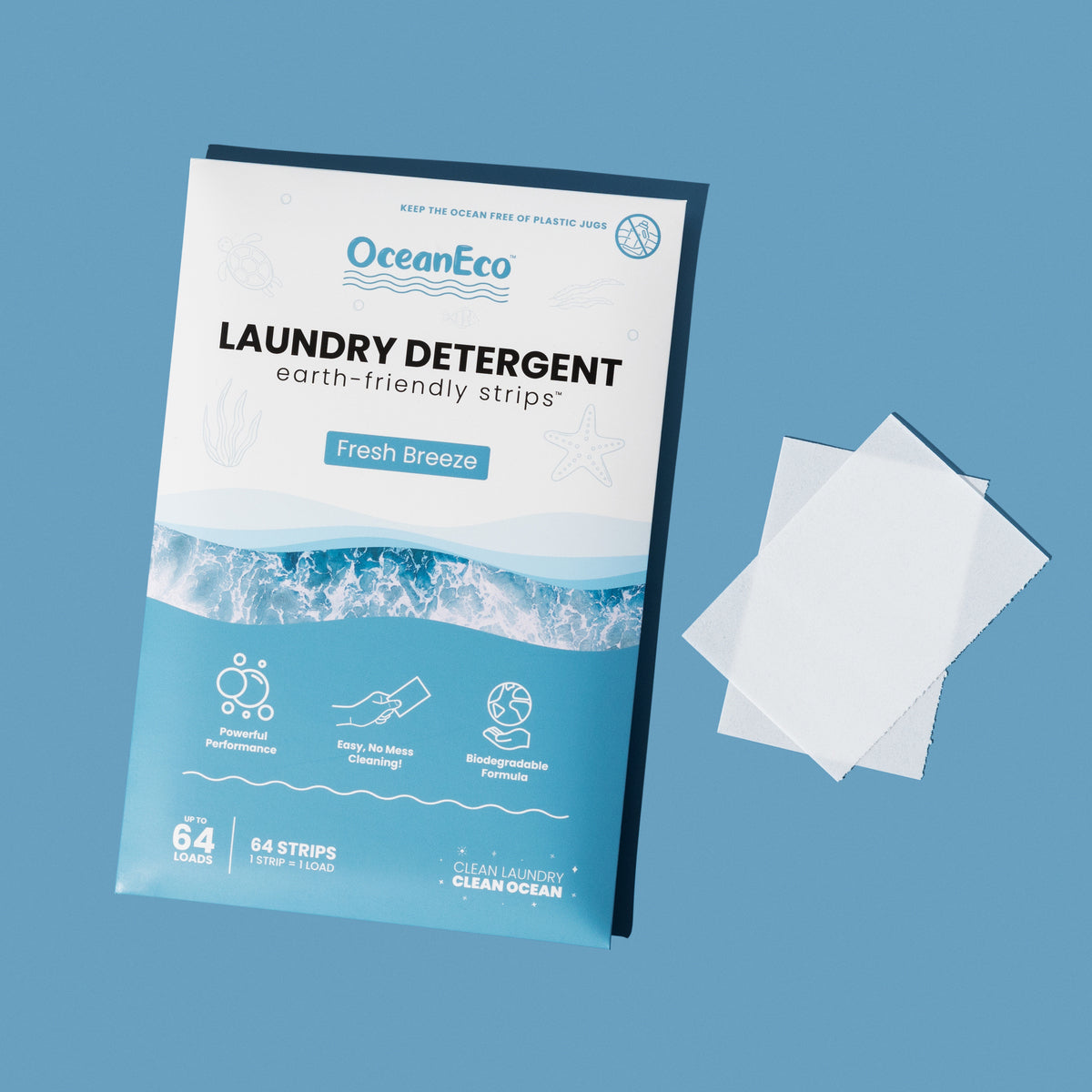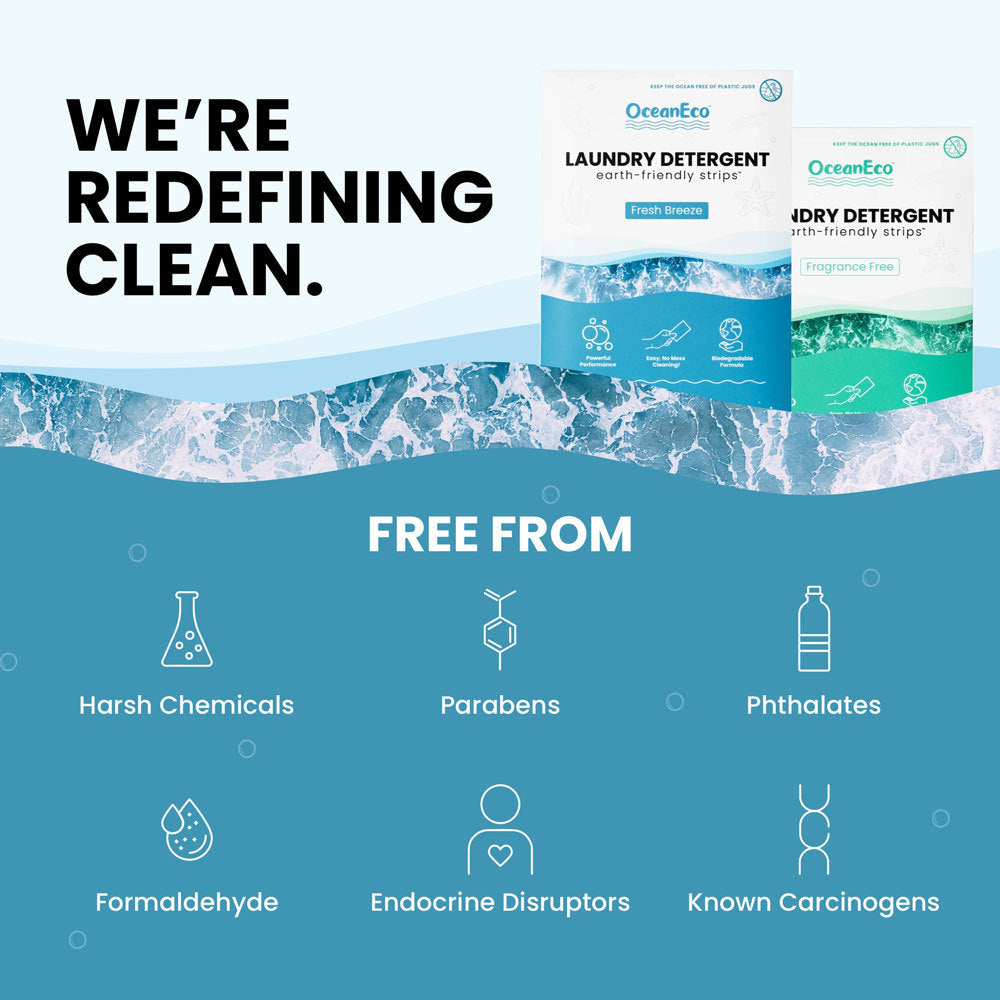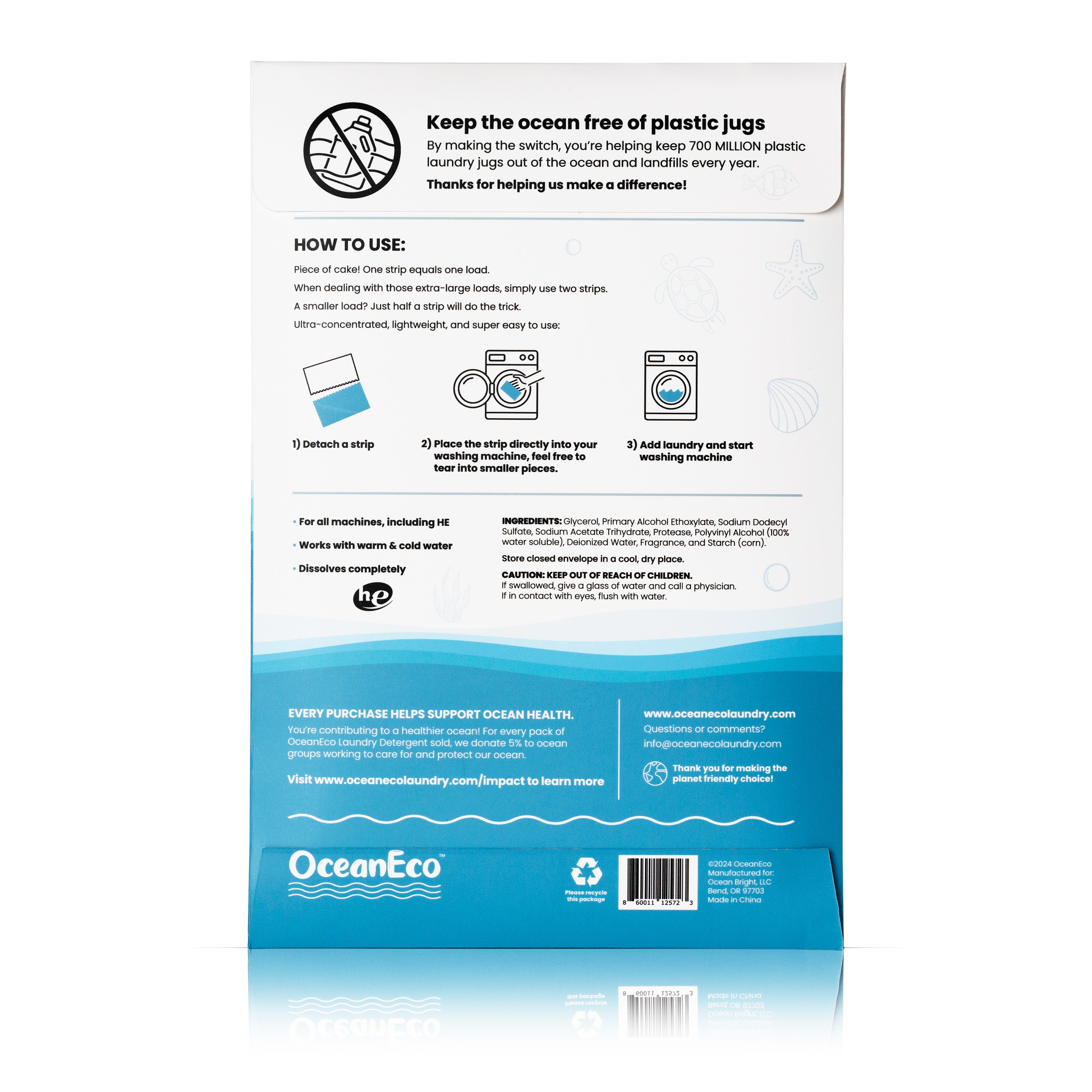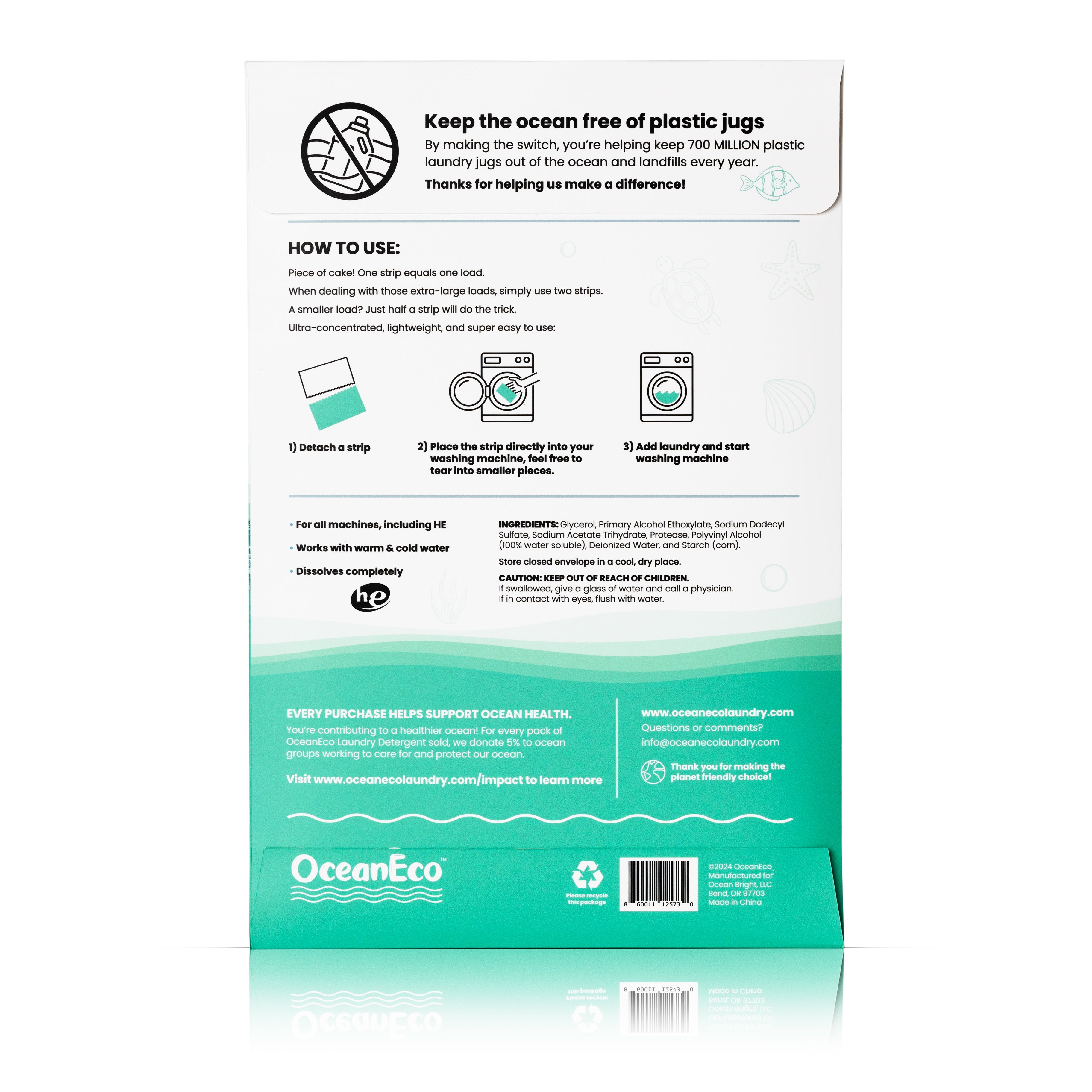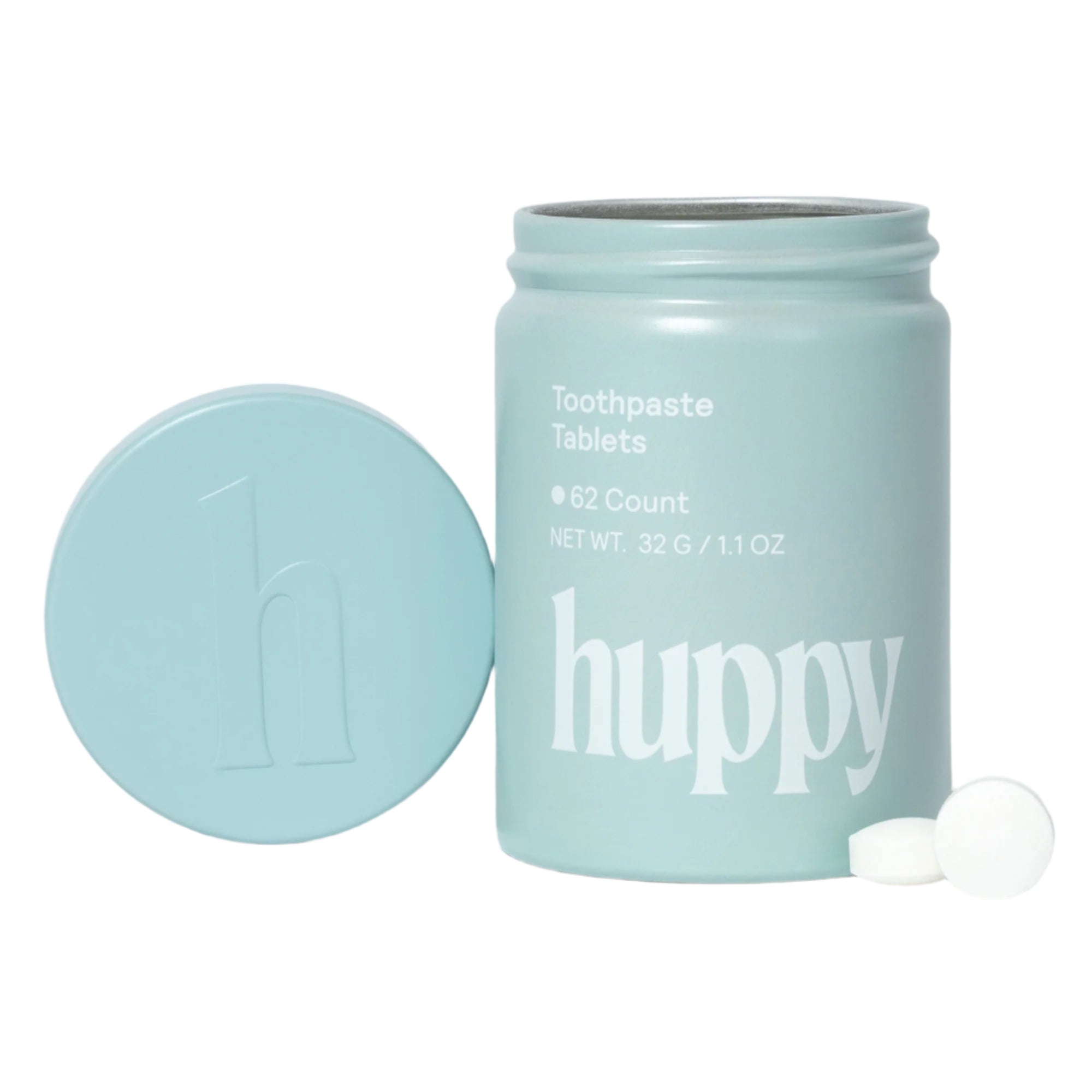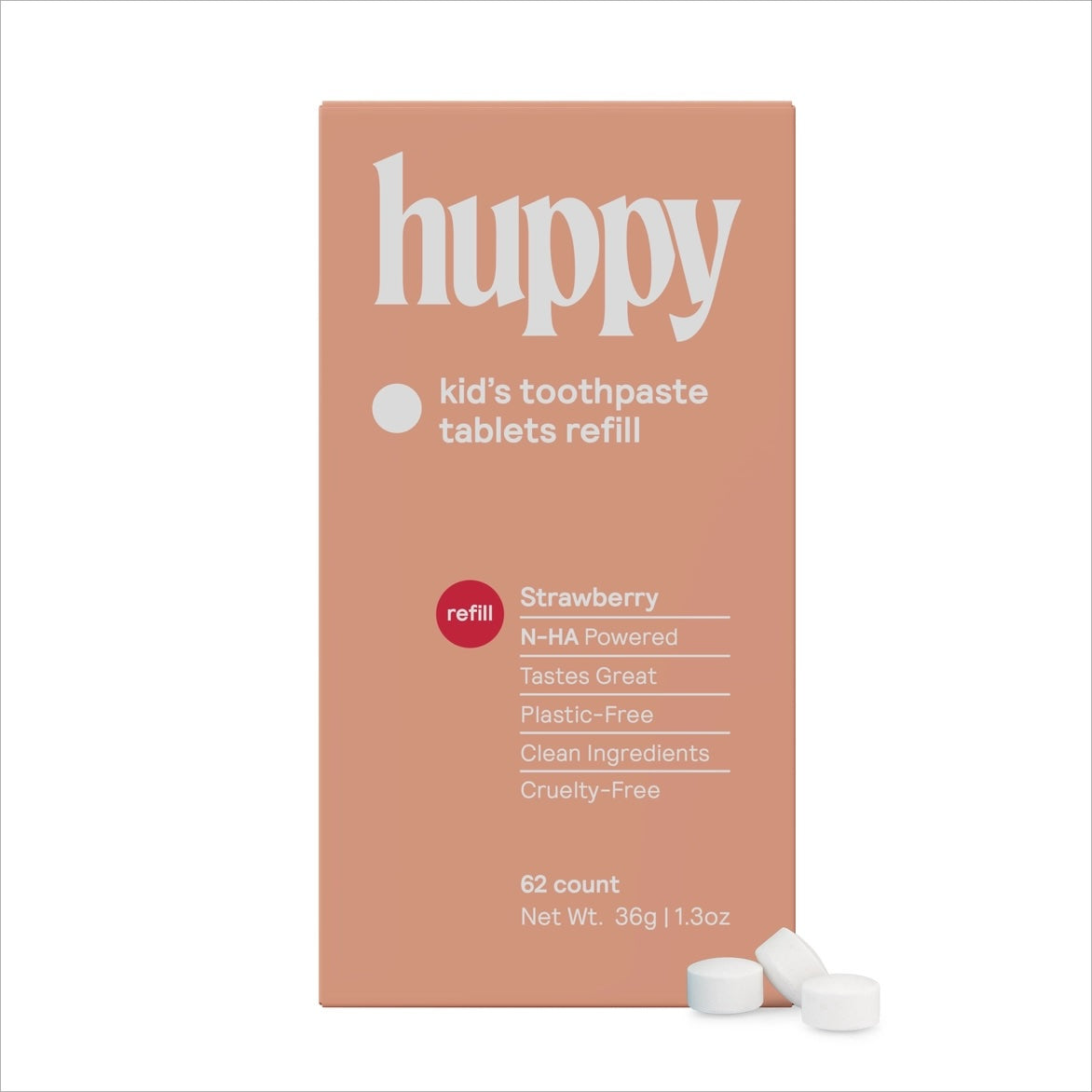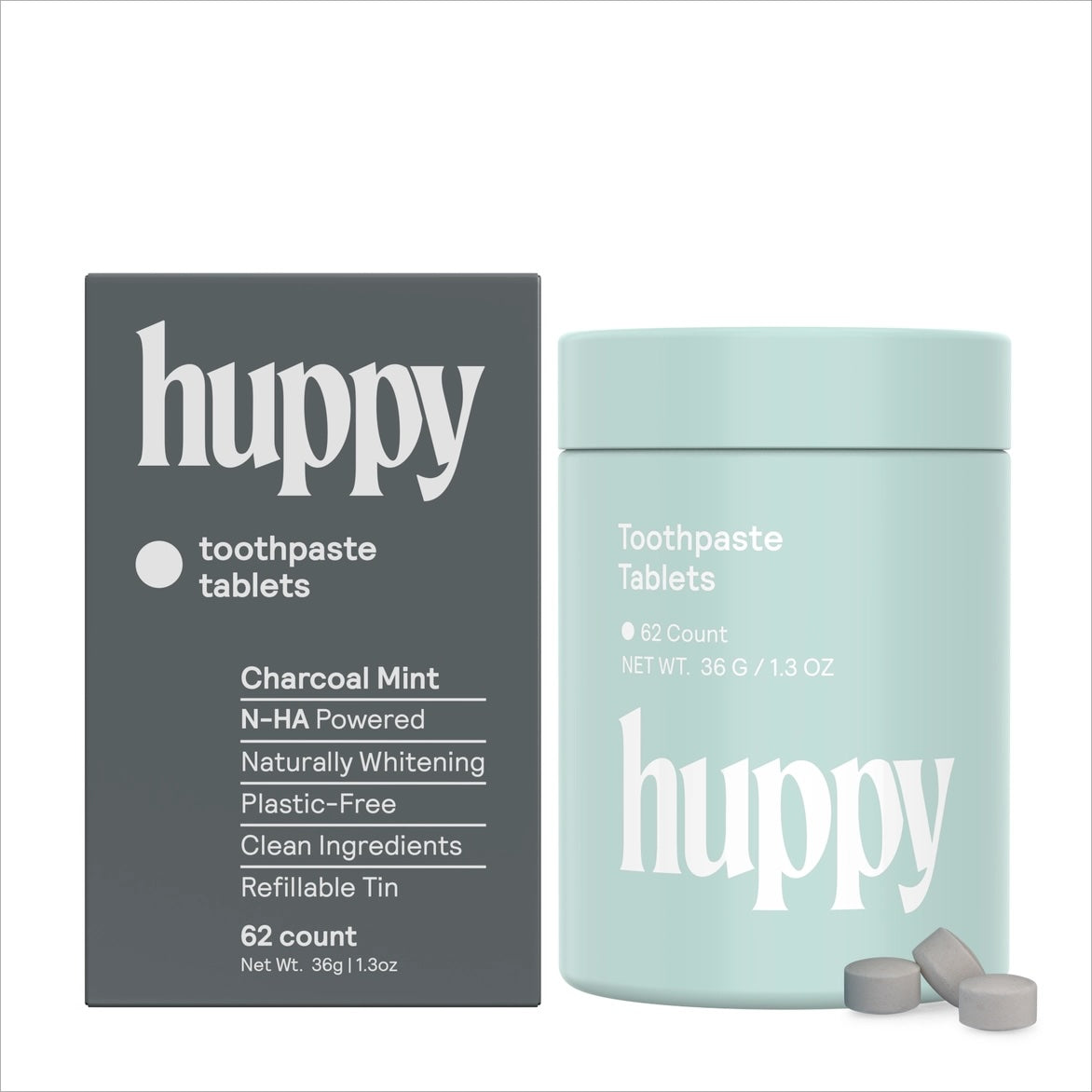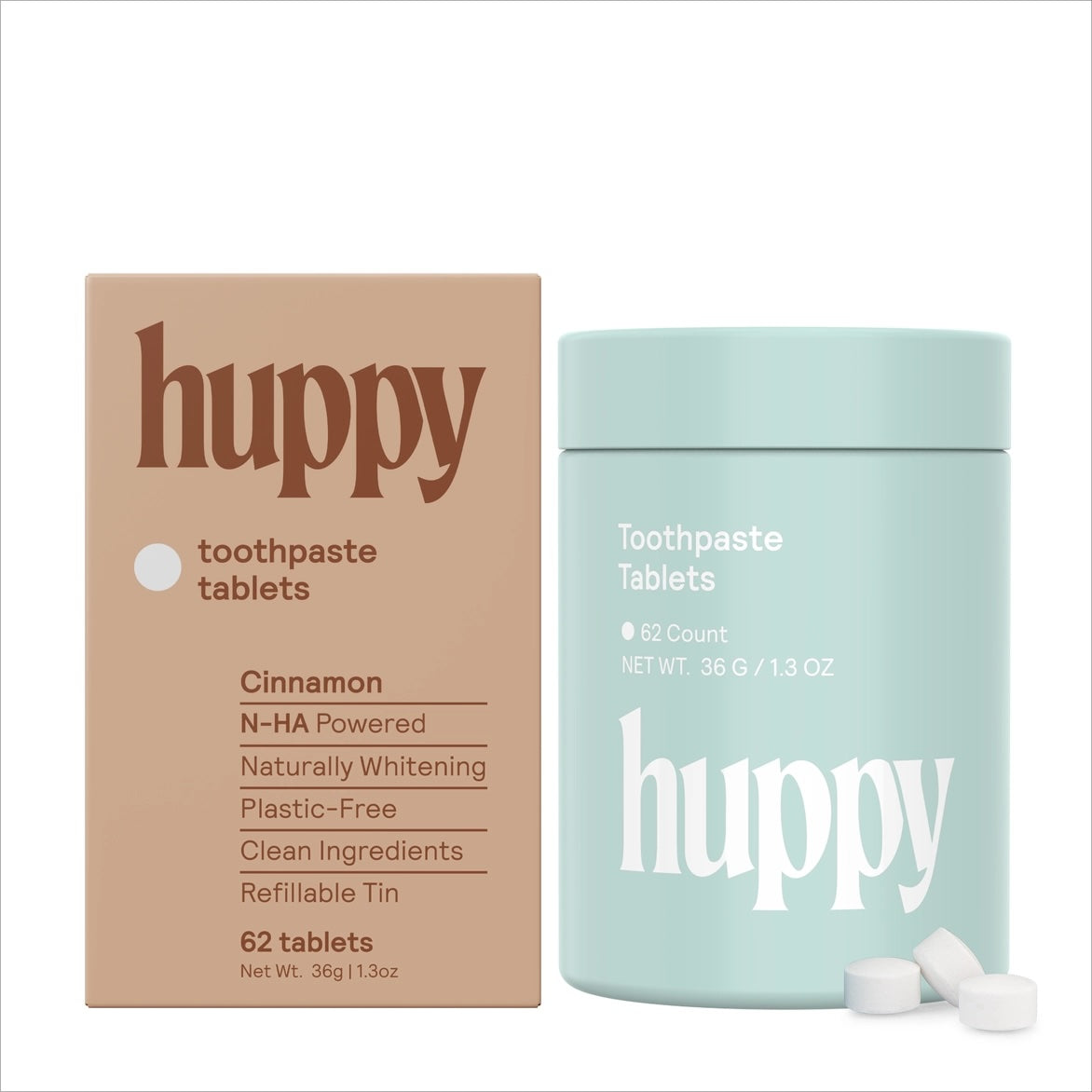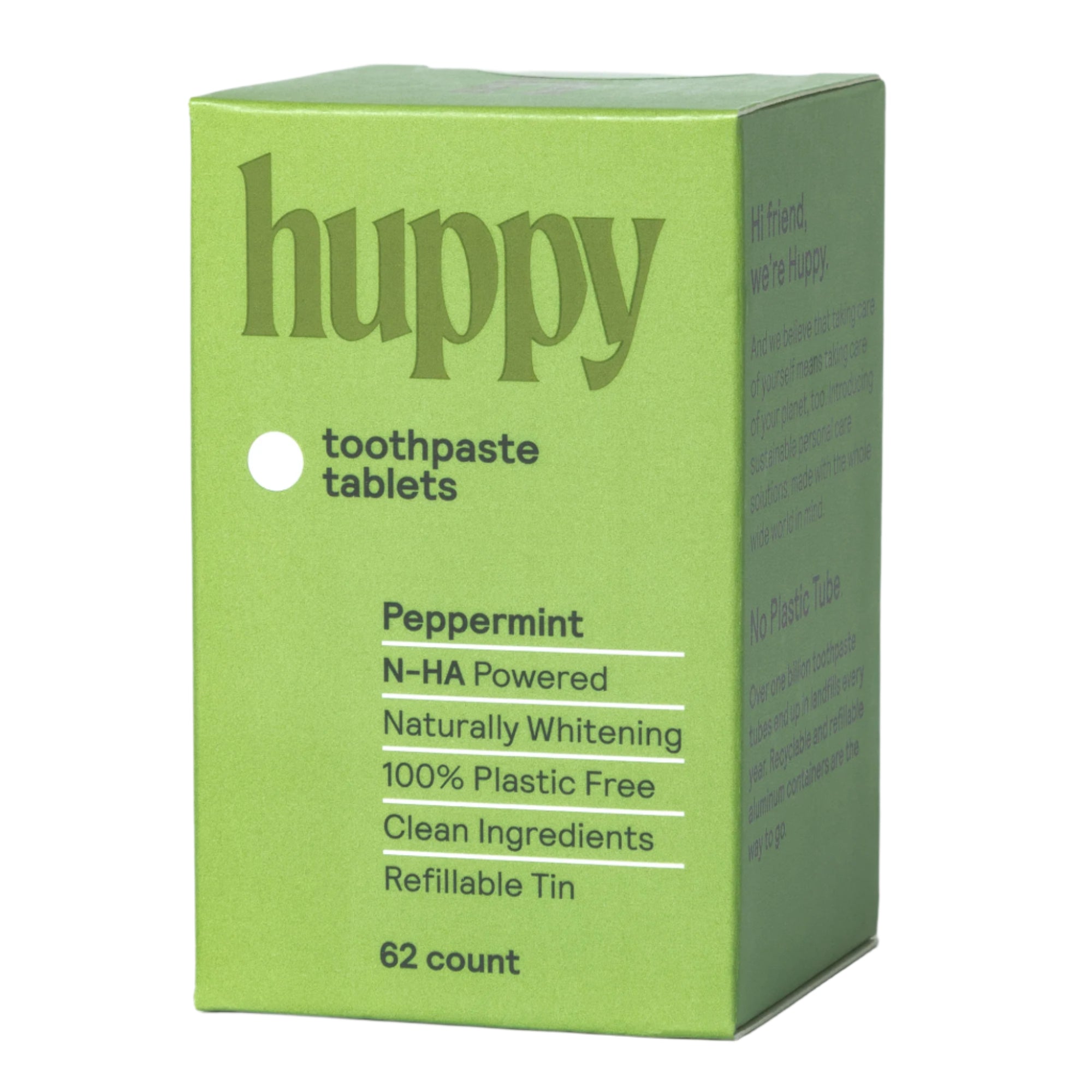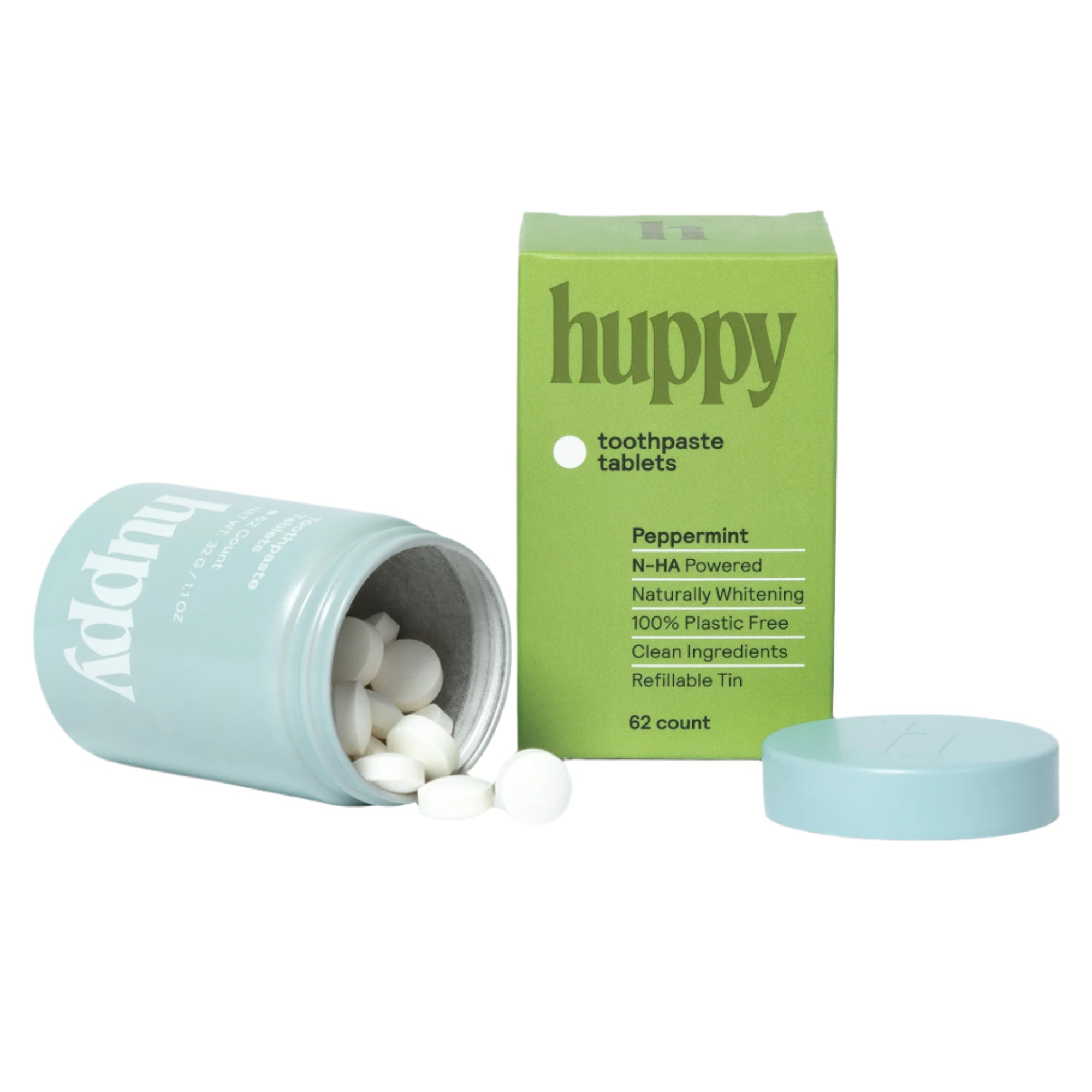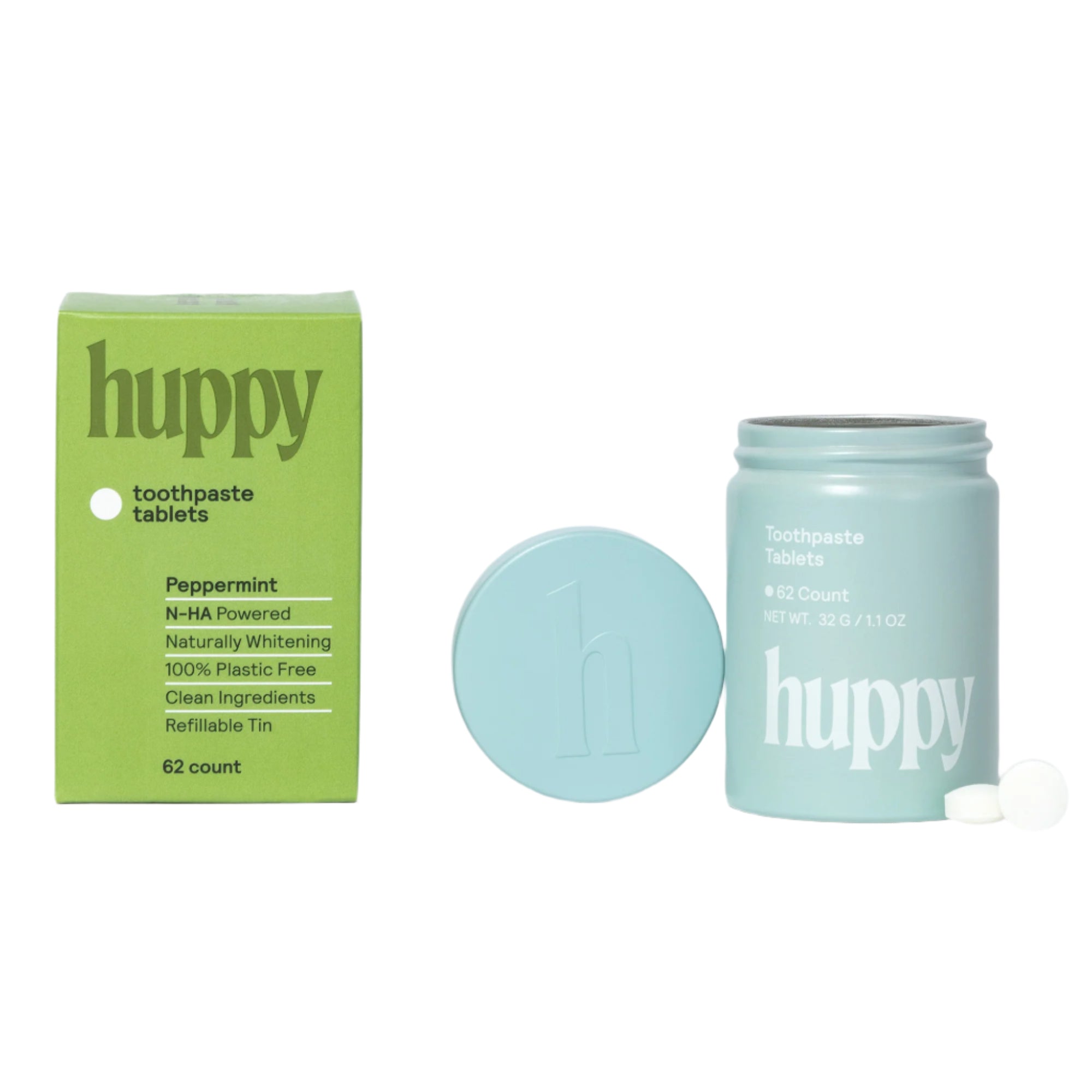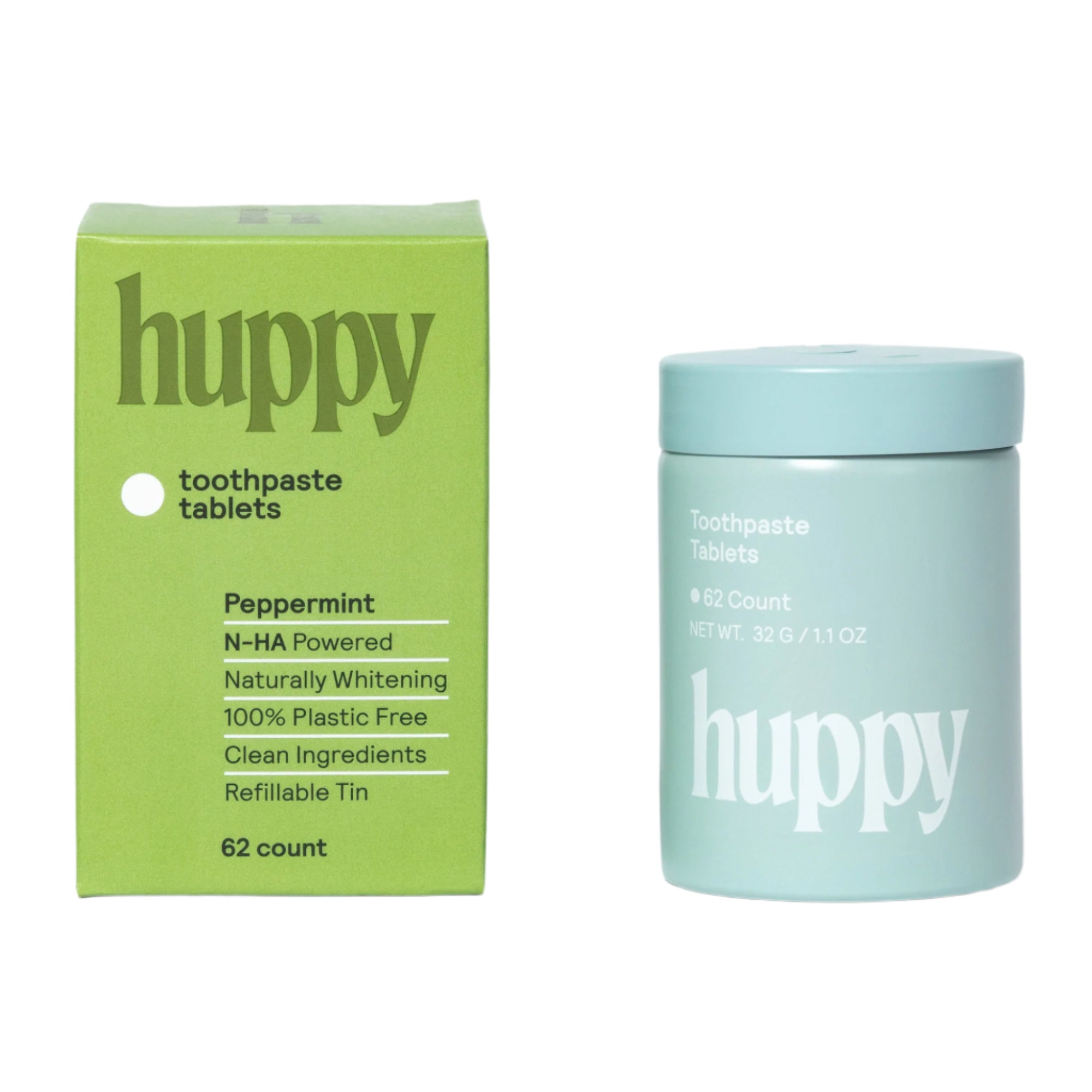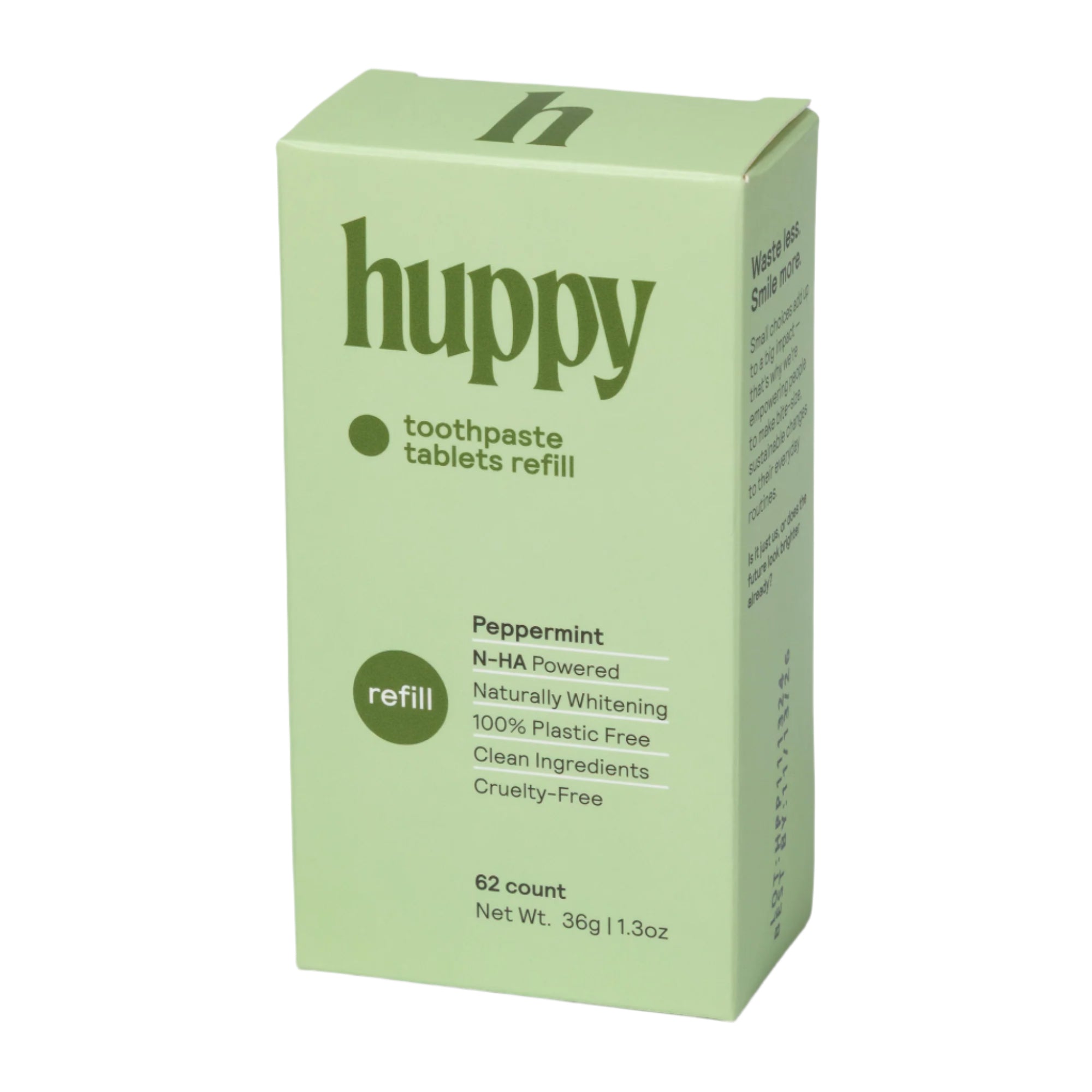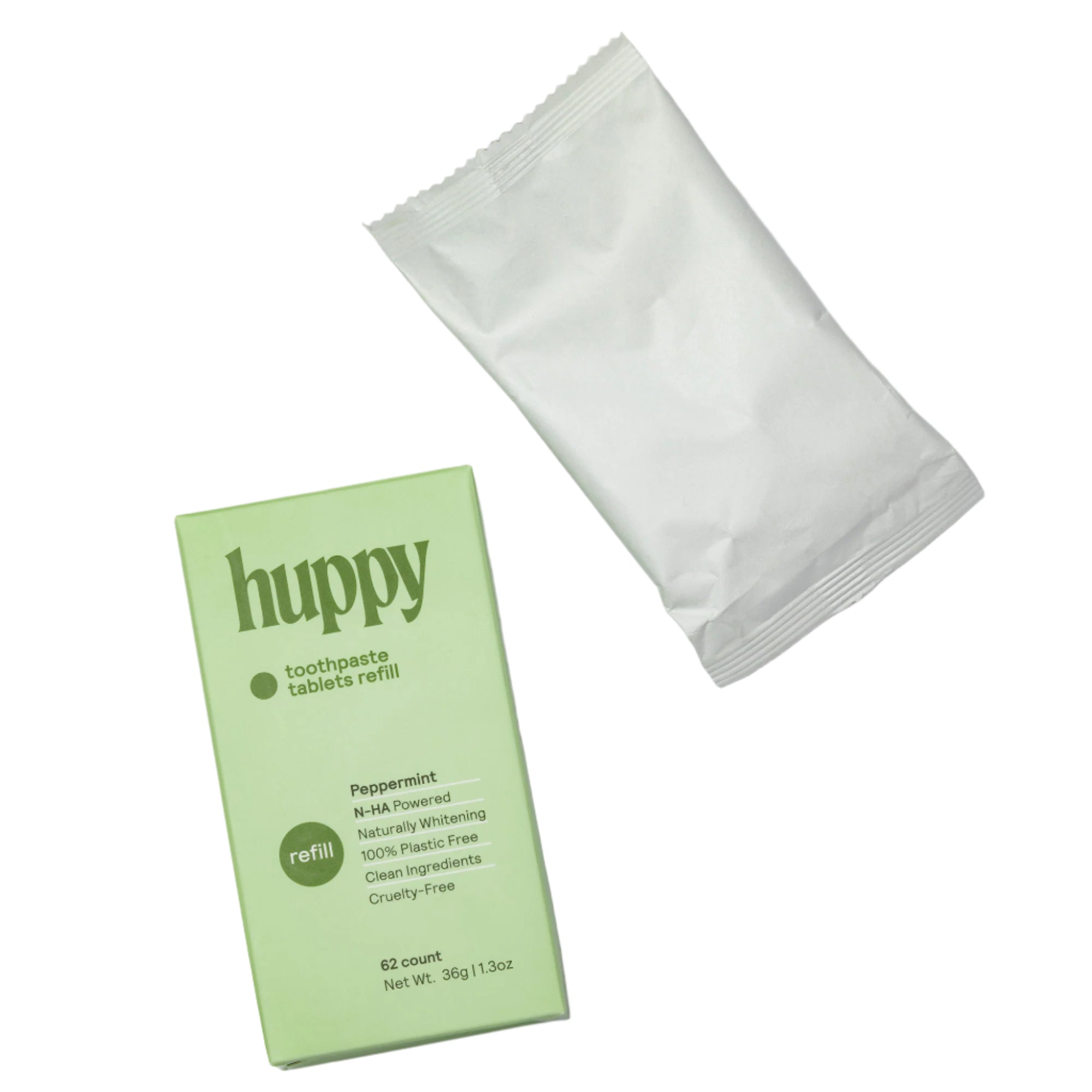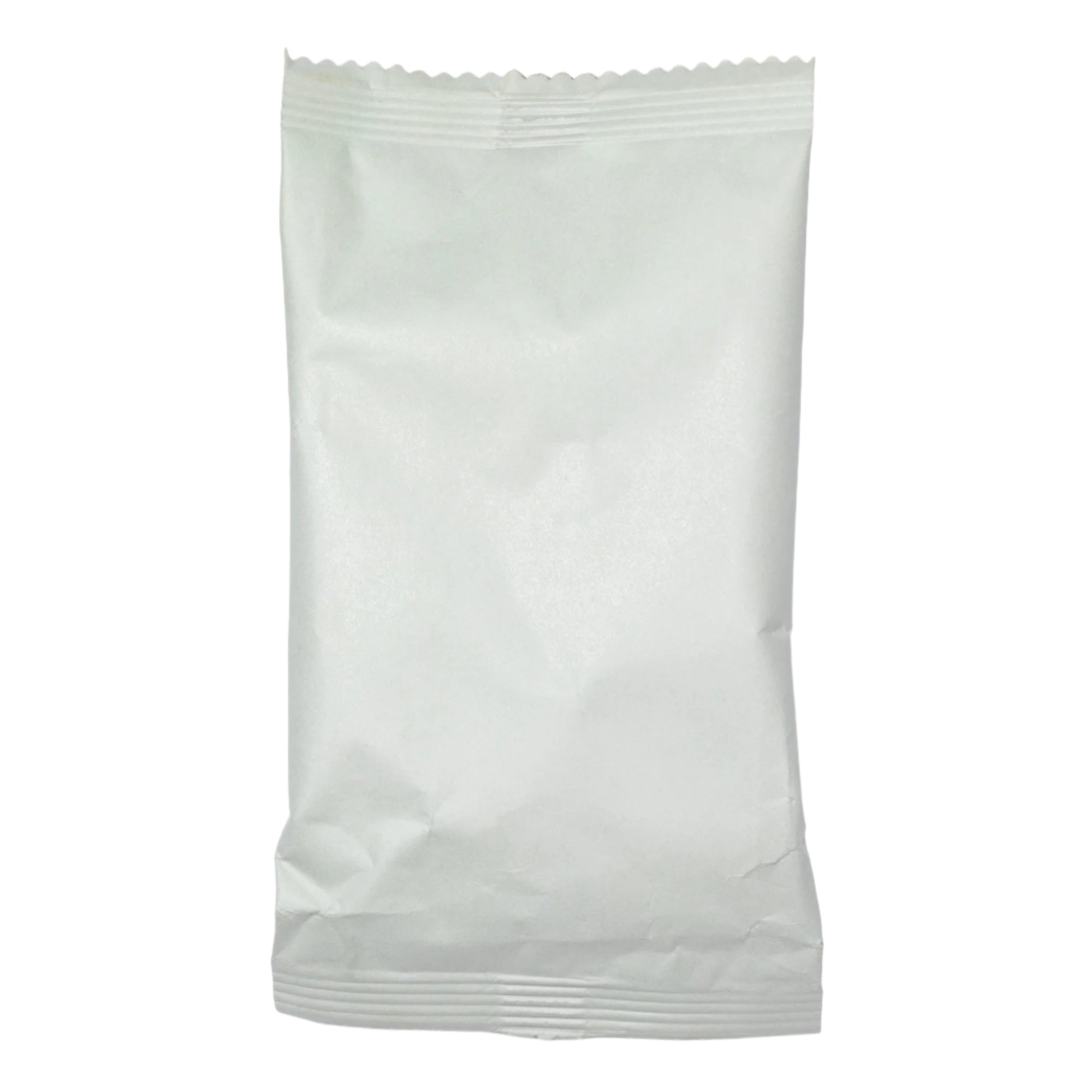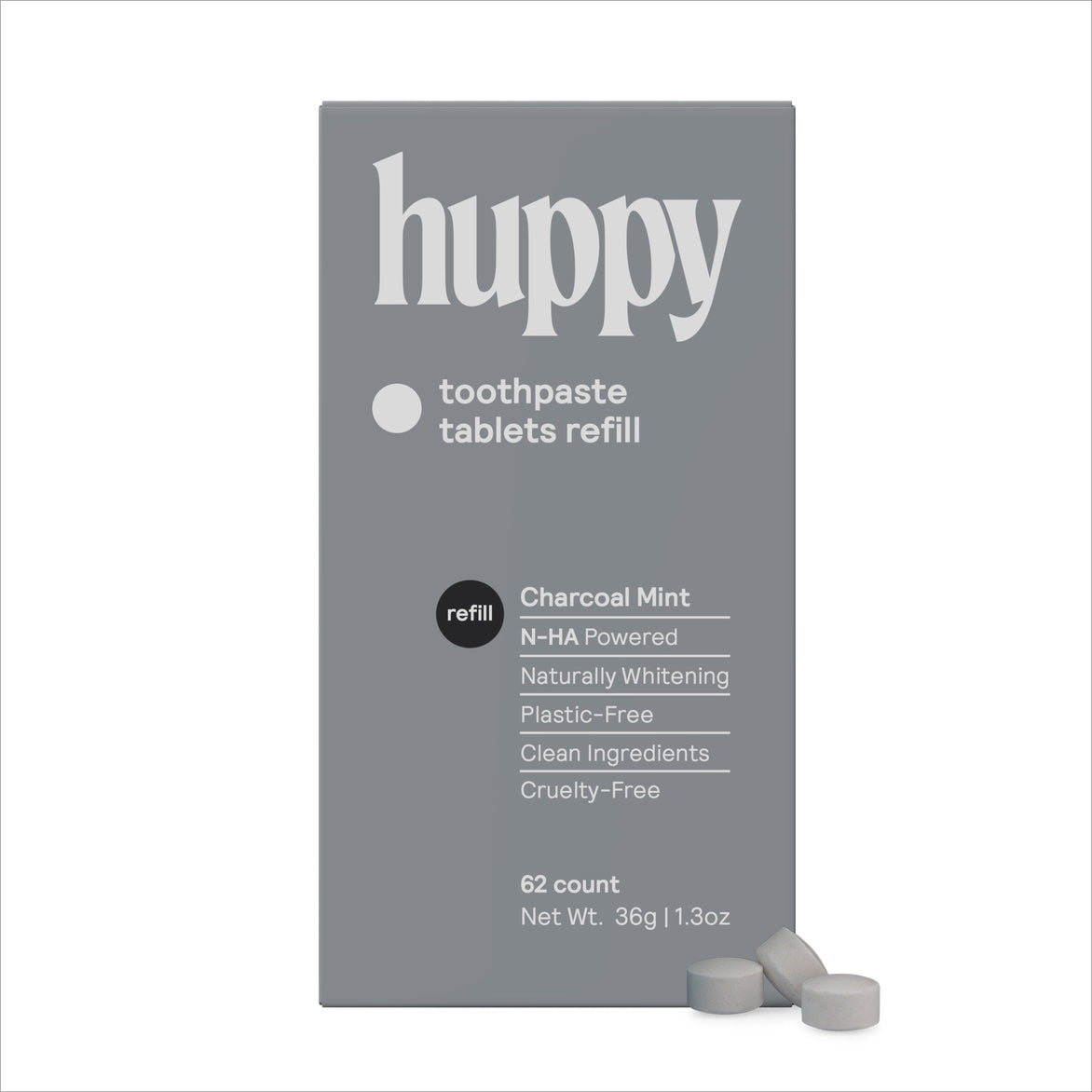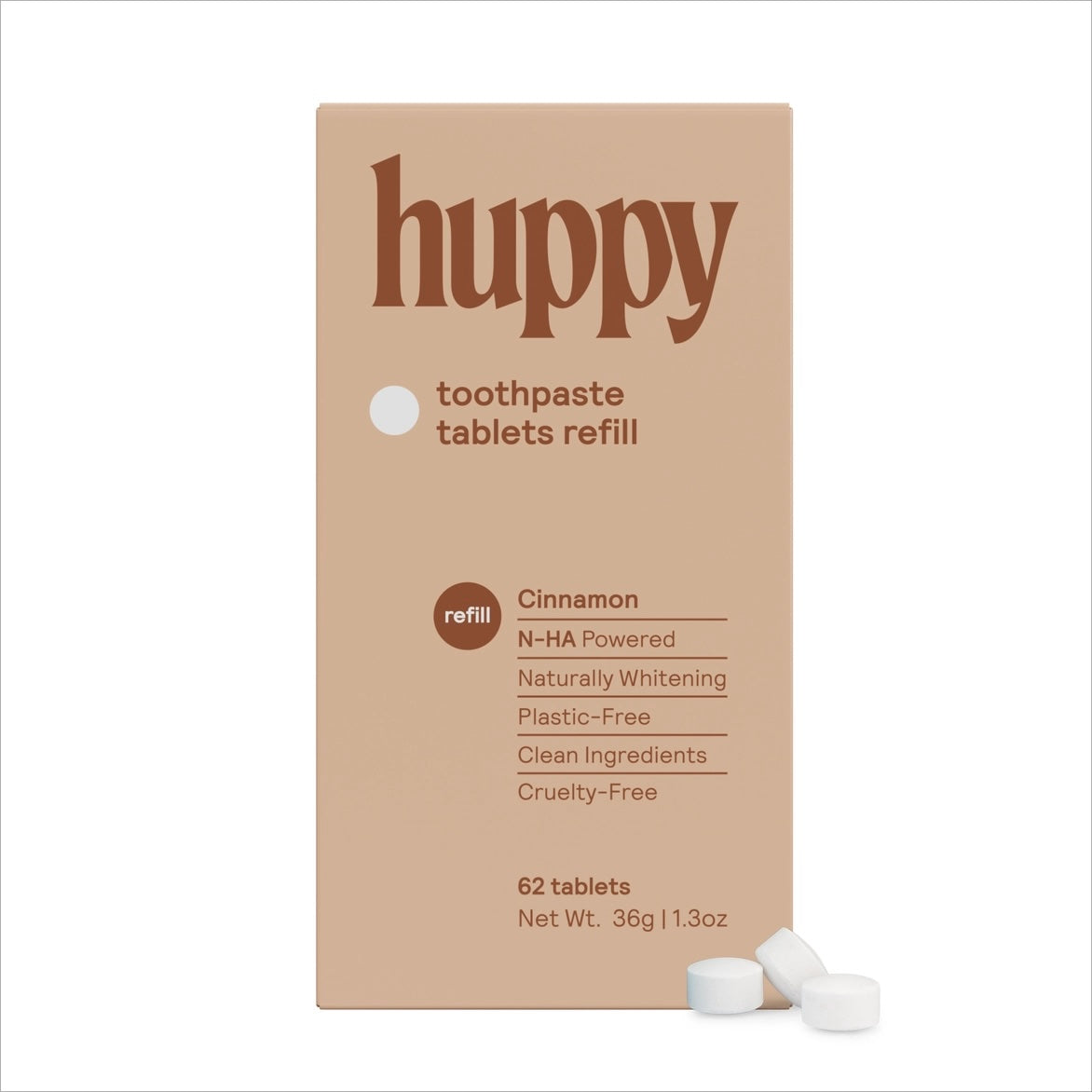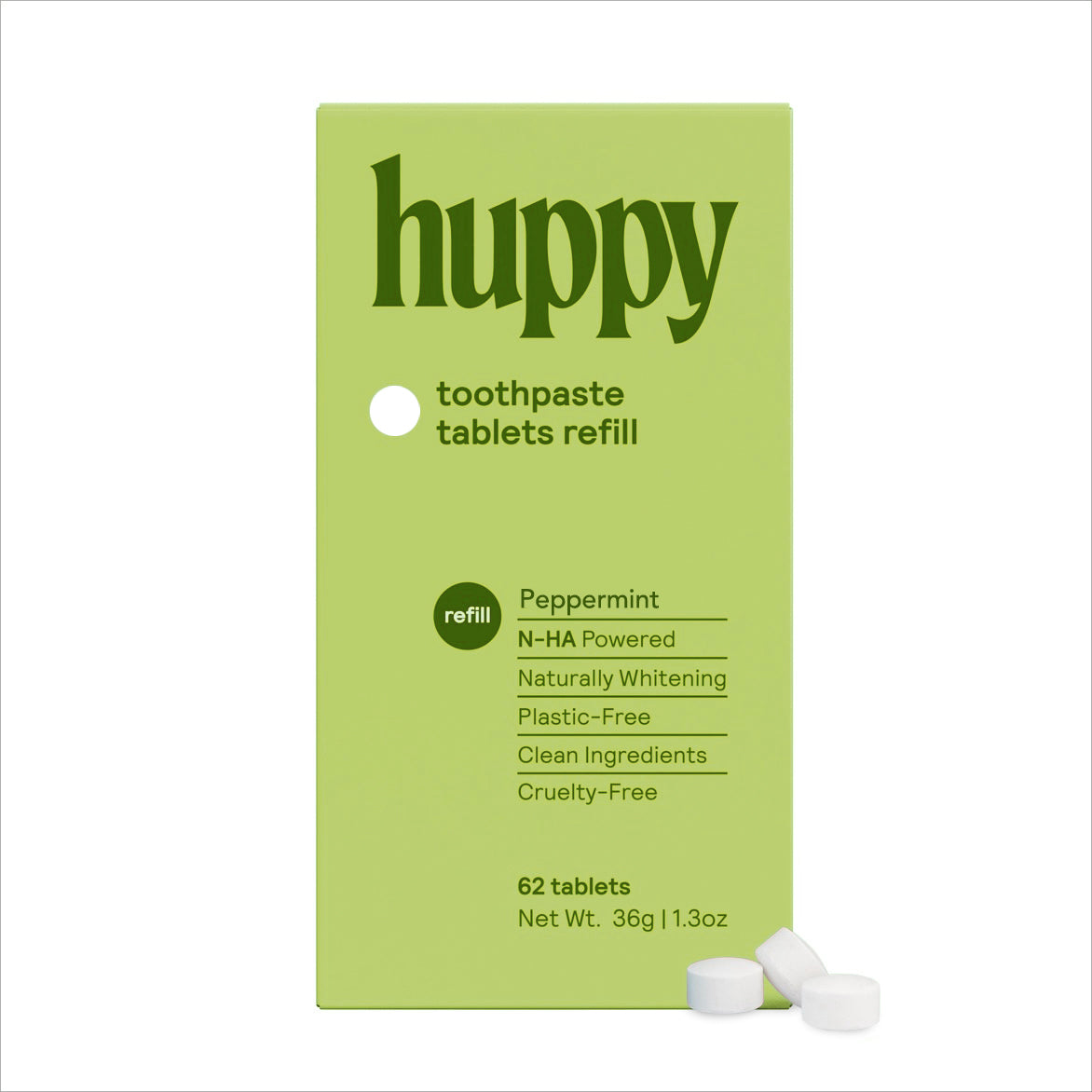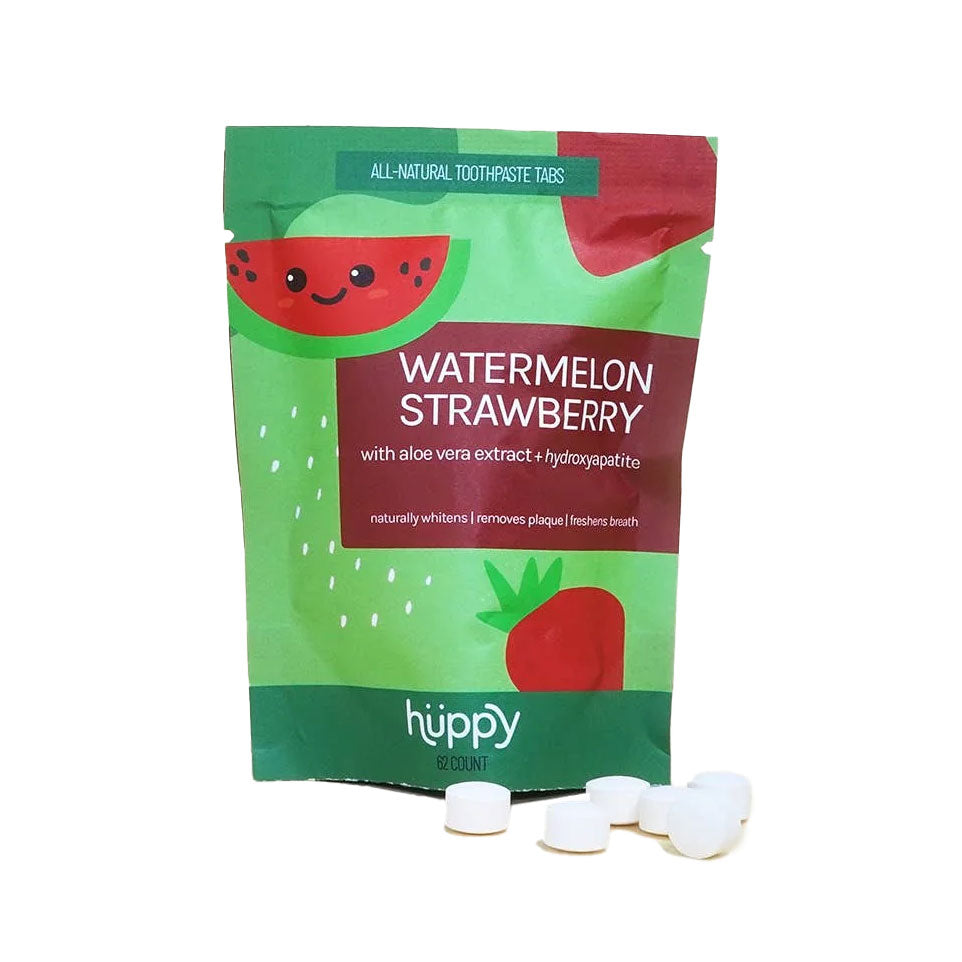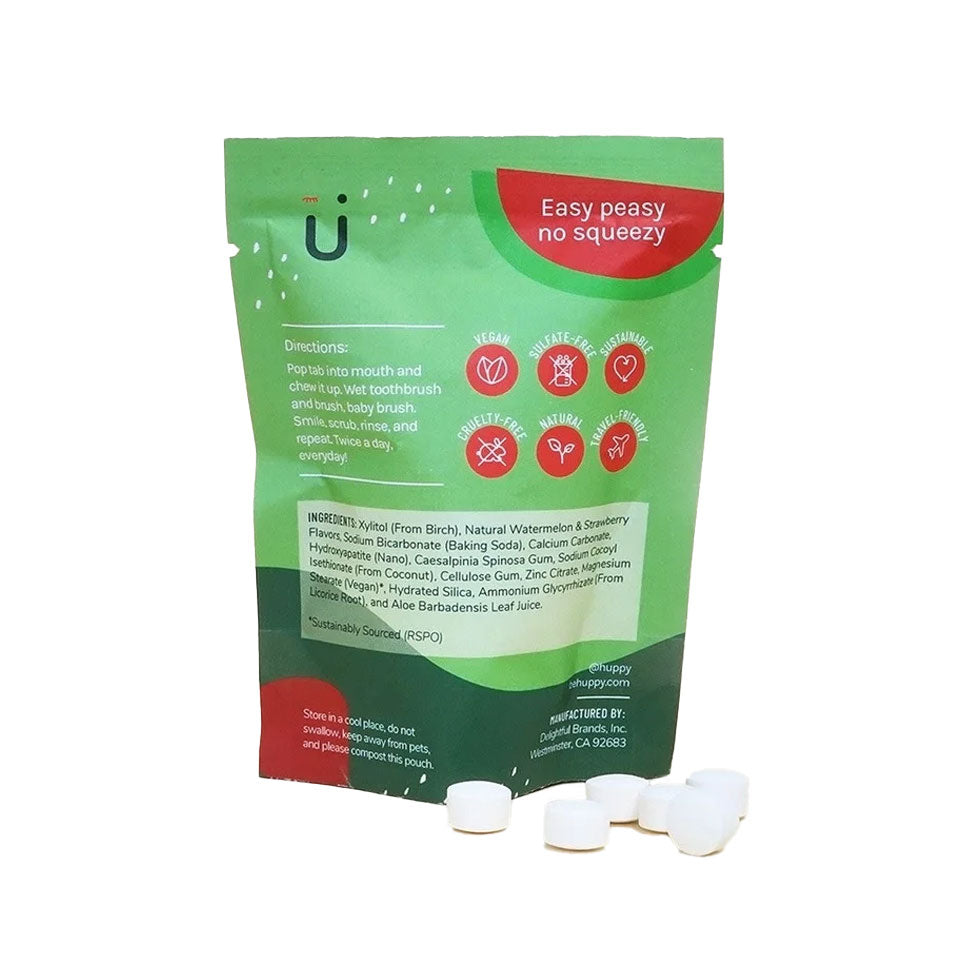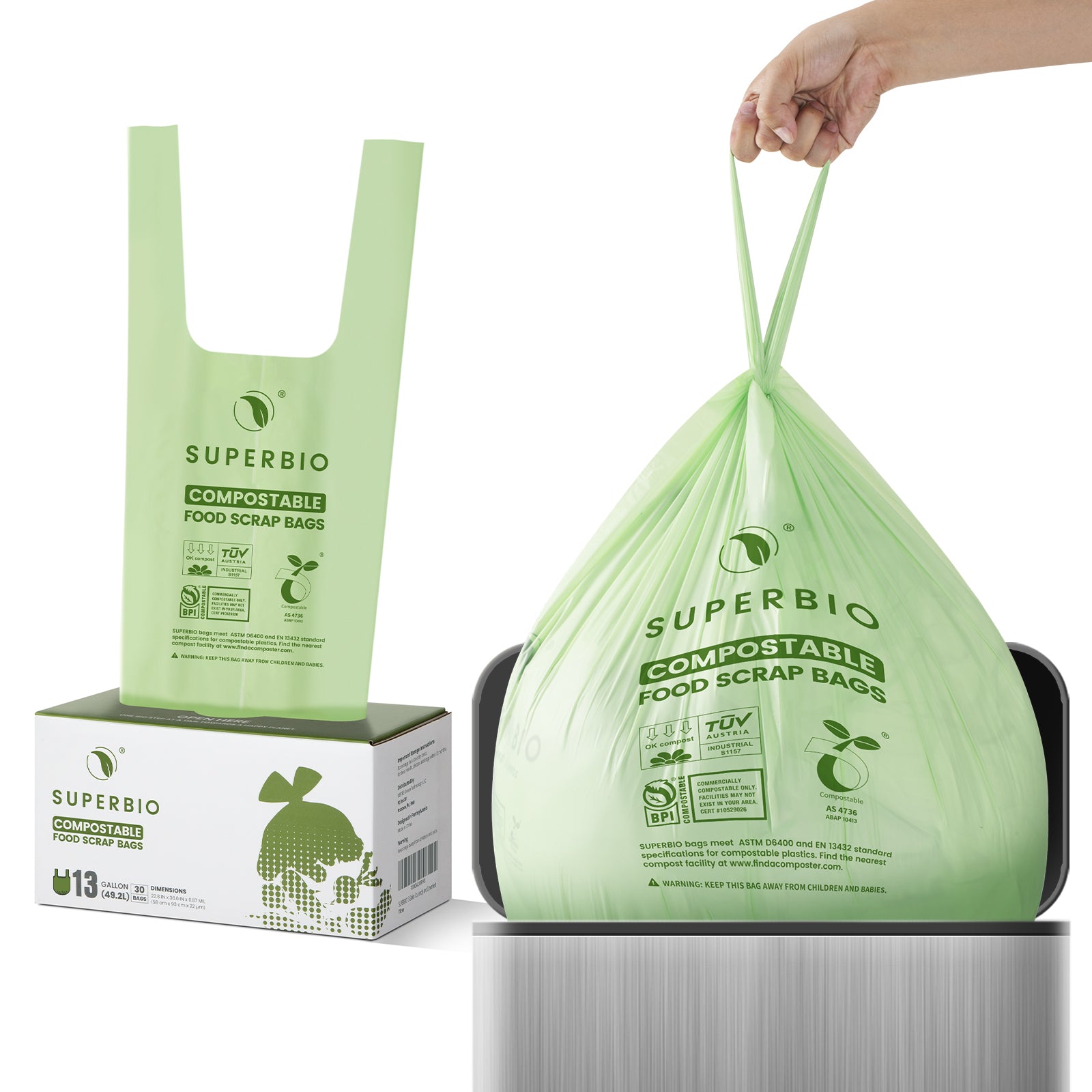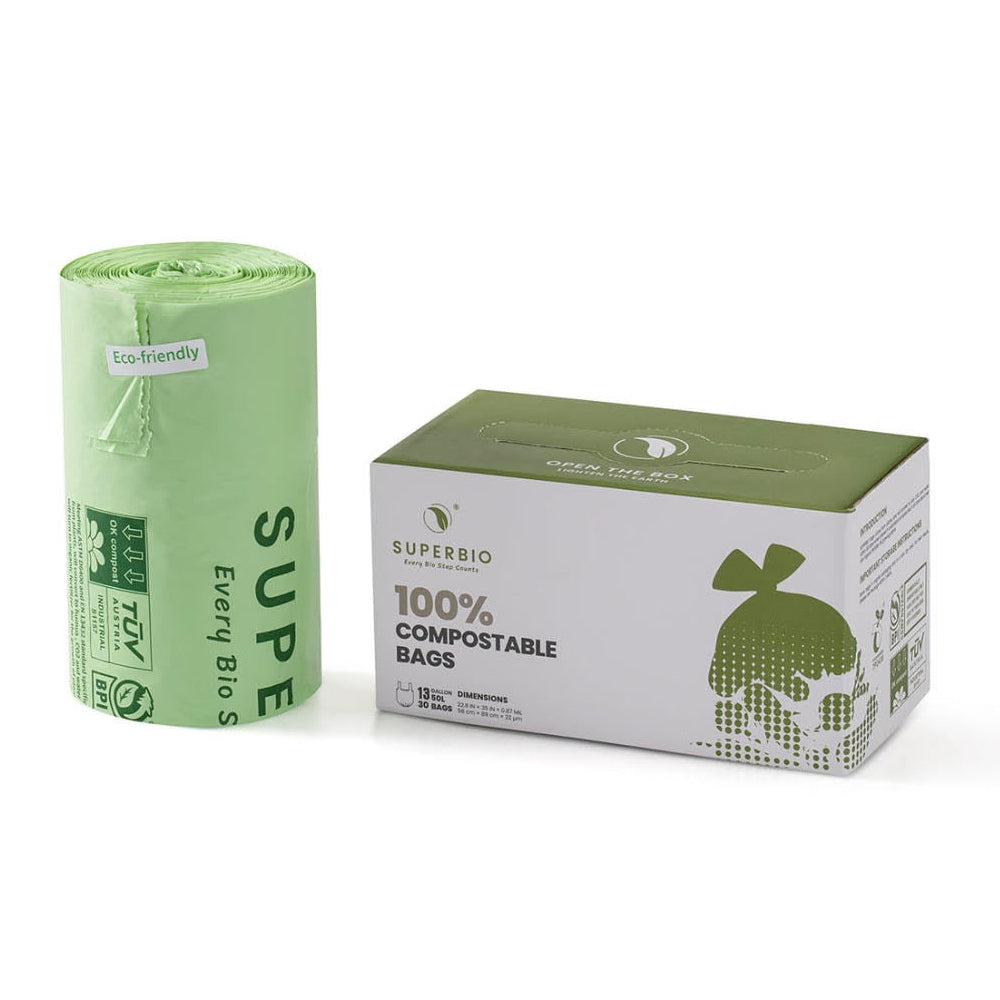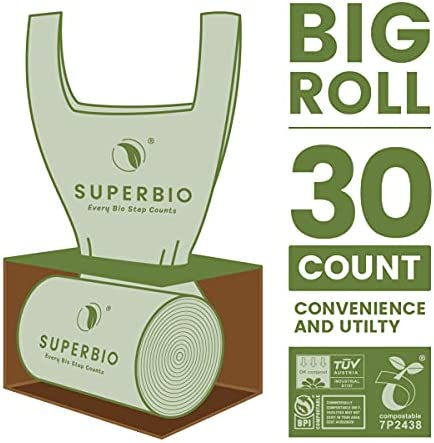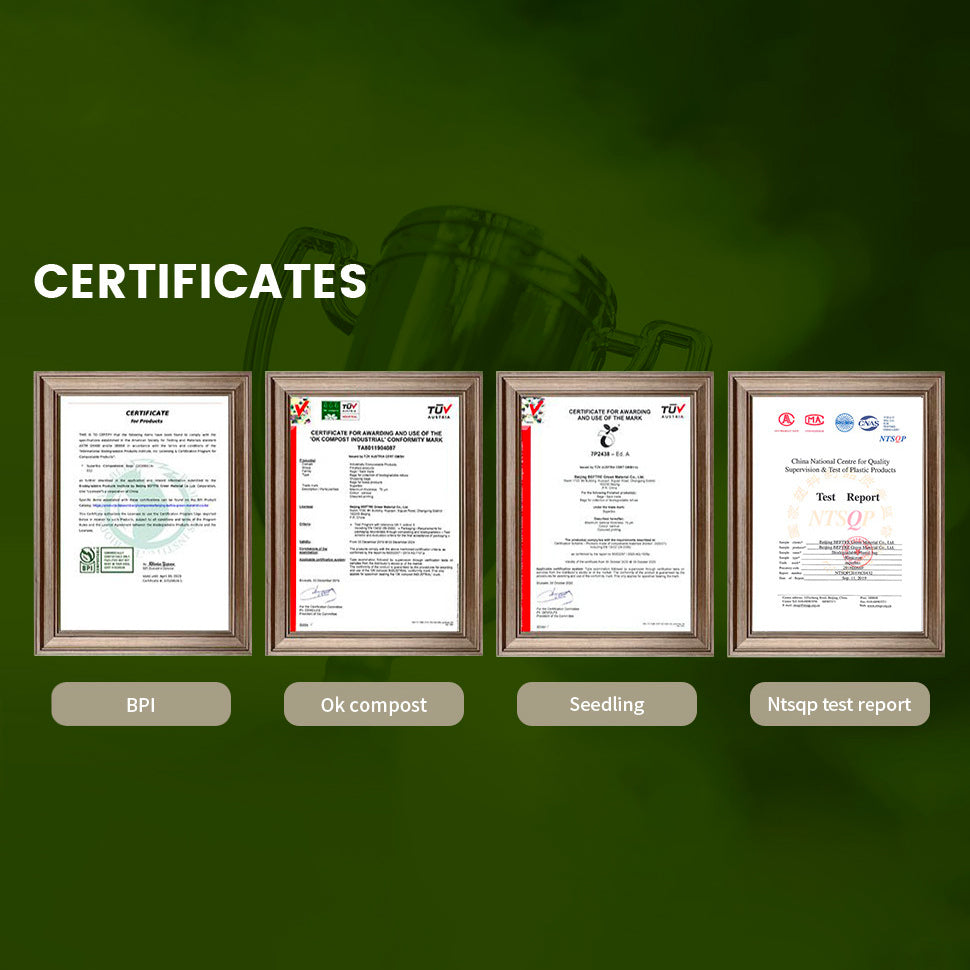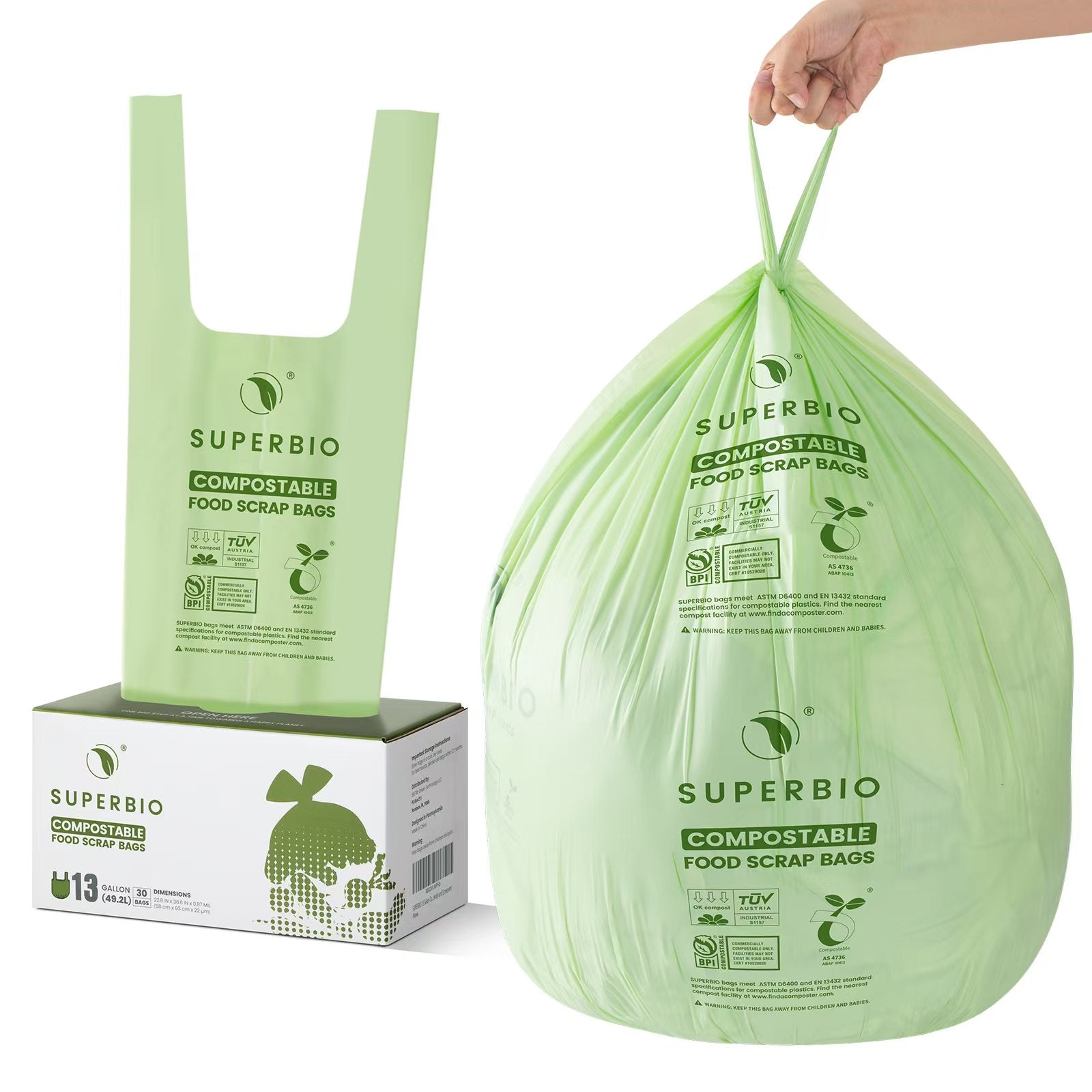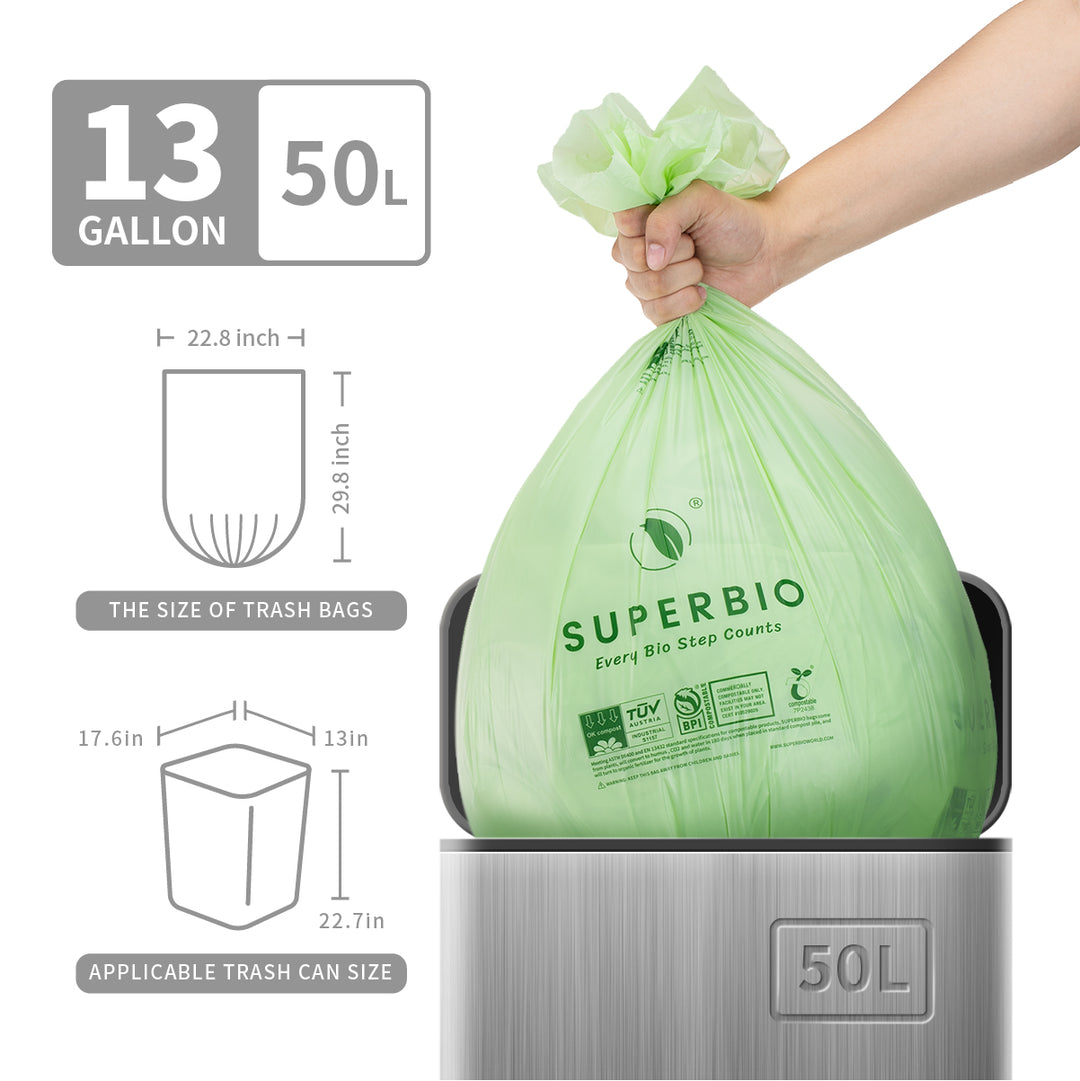Scientists Are Transforming Lifeless Waters Into Thriving Ecosystems With Concrete
Across the globe, coral reefs are vanishing at a dangerous pace. Rising ocean temperatures, pollution, overfishing, and storm damage have stripped marine habitats bare. But in the warm waters near Grenada and beyond, something unexpected is helping reverse the damage—concrete blocks.
Not the pollutive kind dumped haphazardly in old oceanic junkyards, but carefully designed structures dropped with purpose. These artificial reefs are showing signs of success, providing shelter, feeding grounds, and coral-growing platforms in once-lifeless areas of the sea.

Concrete blocks are reviving marine ecosystems in areas once stripped of life.
The Grenada Experiment That Sparked a Movement
In 2013, scientists from the Grenada Artificial Reef Project (GARP) arranged four concrete pyramids off the coast of Grand Anse. The blocks were built using basic cinderblocks, stacked into tower-like structures. Within just three months, life started to return. Algae coated the surface. Invertebrates moved in. Juvenile fish, once absent, began to dart between the crevices. Over the next year, fish populations exploded, forming bustling micro-ecosystems that rivaled natural reefs, Upworthy reports.
Even more impressive, after about 18 months, hard corals began to attach and grow. Over time, this initiative expanded. Today, over 100 concrete pyramids sit off the Grenadian coast, home to more than 30 species of fish and 14 types of coral.

The Grenada Artificial Reef Project saw coral growth within just 18 months.
A More Scientific Touch: Eco-Engineering With Texture
Another layer of innovation comes from ECOncrete, an Israeli startup taking concrete reef building to the next level. Unlike traditional smooth concrete, their blocks are textured to resemble natural underwater rocks, giving marine life better grip and shelter. Additives help balance the surrounding water’s pH, making it more hospitable to life from the start, reported by CNN reports. The result: a dramatic increase in biodiversity compared to standard concrete installations.
In cities like New York, Rotterdam, and Monaco, ECOncrete's panels and blocks are being installed along sea walls and piers. They're not only attracting oysters, barnacles, and algae, but they’re also strengthening the concrete itself. As organisms grow, they create a protective calcium carbonate layer, increasing the concrete’s durability.

Concrete reefs can also protect natural reefs by absorbing human pressure.
Lessons From Past Failures
The idea of building underwater habitats isn’t new—but it hasn’t always gone well. In the 1970s, Florida tried to create artificial reefs using old tires in a project known as Osborne Reef. The tires broke free during storms, damaged natural coral, and littered the coast. Cleanup efforts are still ongoing decades later, Upworthy reports.
What sets the new wave of artificial reefs apart is their engineering. Concrete structures are heavy enough to stay put and chemically stable enough to avoid leaching toxins. And thanks to new materials and surface designs, they provide the right physical and chemical conditions for life to flourish.

Natural coral reefs take thousands of years to fully develop and cannot be replaced quickly.
Concrete Diplomacy Gone Awry
But even the best intentions can trigger geopolitical ripples. In 2013, Gibraltar dropped 70 concrete blocks offshore to form a reef. Spain quickly claimed the reef was placed in disputed waters and blocked traditional fishing routes. As NBC News reports, what began as an environmental effort spiraled into a diplomatic standoff involving military ships and border delays.
The incident exposed how even eco-friendly projects must navigate the murky waters of territorial politics and community impact.
Reefs by Design, Hope by Example
Efforts like those in Grenada and by ECOncrete offer a glimpse of hope. Dive centers are using artificial reefs not only to attract marine life but also to train divers in areas away from fragile natural reefs. In places like St. George’s, Grenada, artificial reef towers have grown dense with coral, algae, bivalves, and reef-dwelling fish. Even sea urchins—key players in keeping algae at bay—have returned, aiding coral settlement, The Guardian reports.
While these projects can’t replace the vast reefs we’ve lost, they show that targeted, thoughtful intervention can rebuild marine biodiversity in degraded areas.
More Than a Band-Aid, Less Than a Cure
Concrete reefs aren’t a silver bullet. Natural coral systems can take thousands of years to form. Real recovery will require much more: reduced carbon emissions, less pollution, sustainable fishing, and stronger protections for existing reefs. Still, these artificial habitats provide critical stepping stones.They’re not monuments to our failures—they’re tools for second chances.




























































































